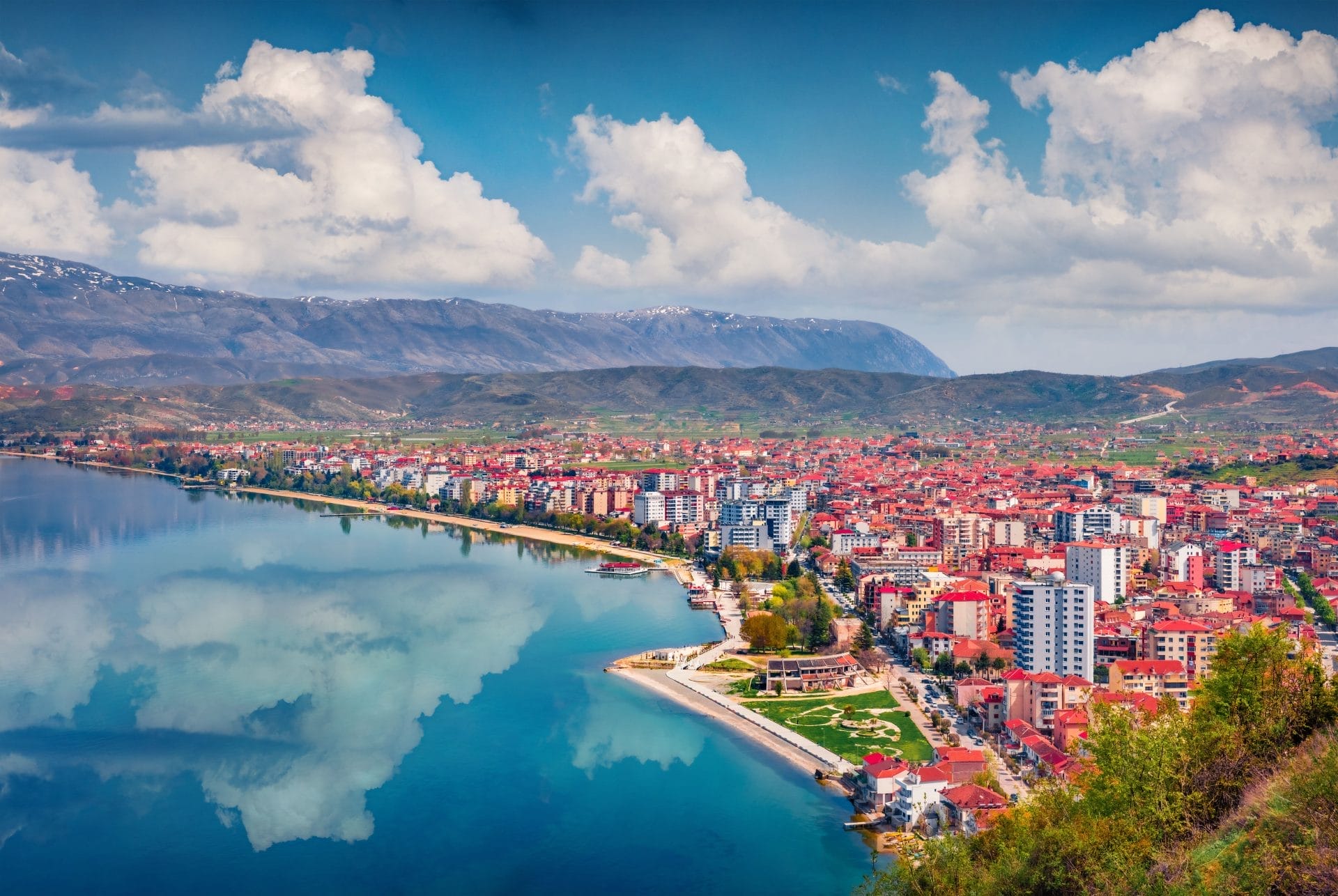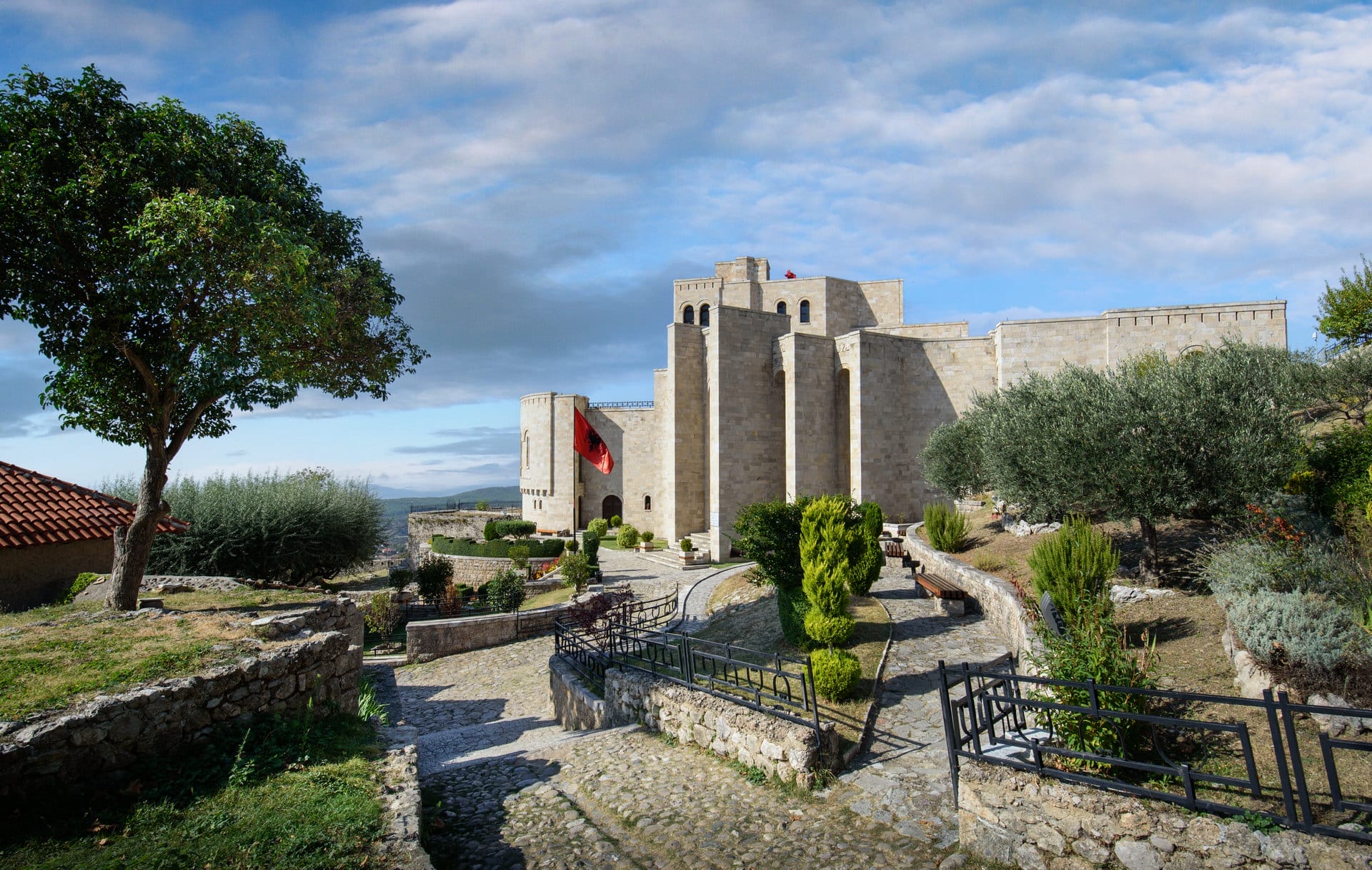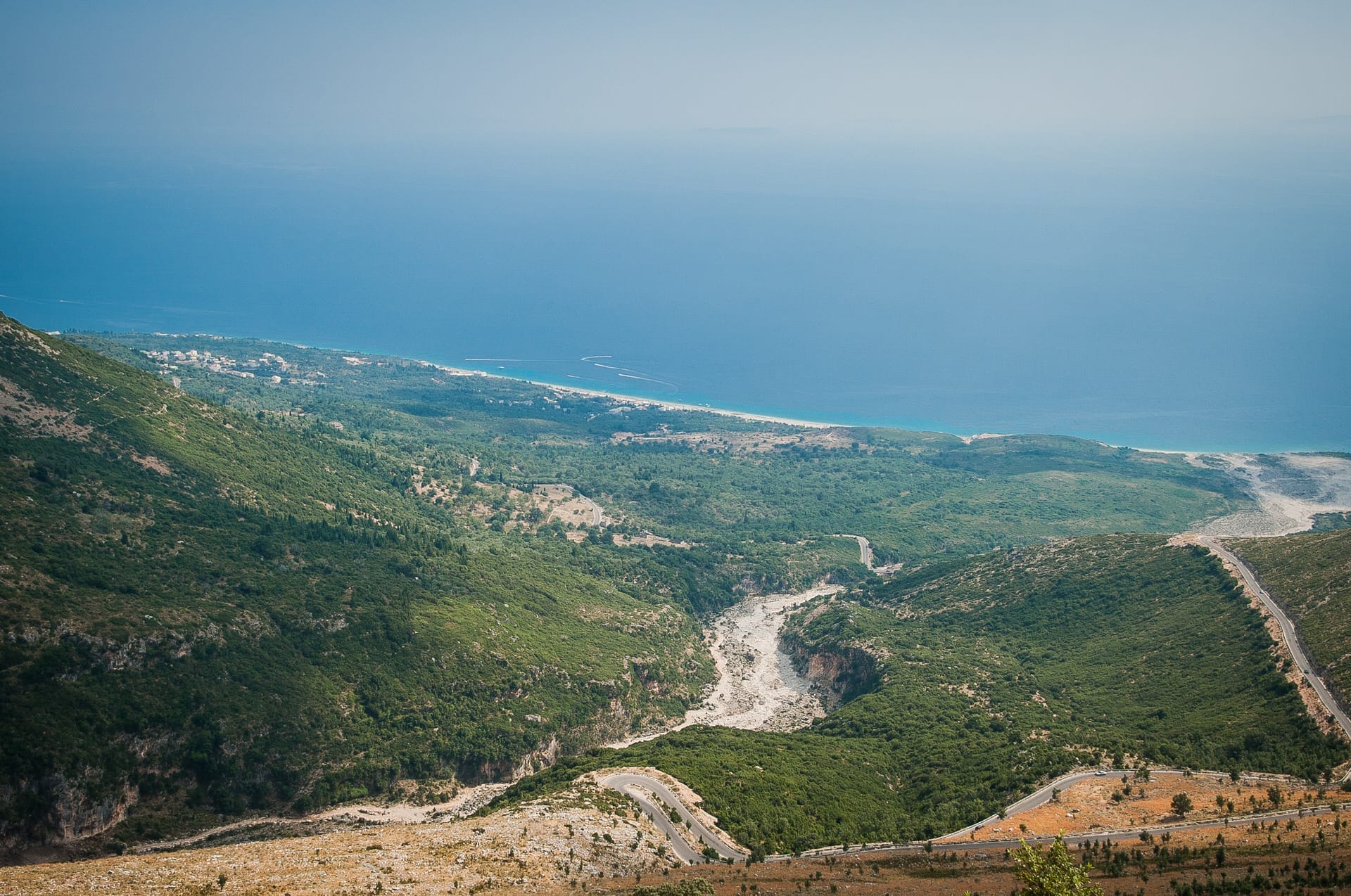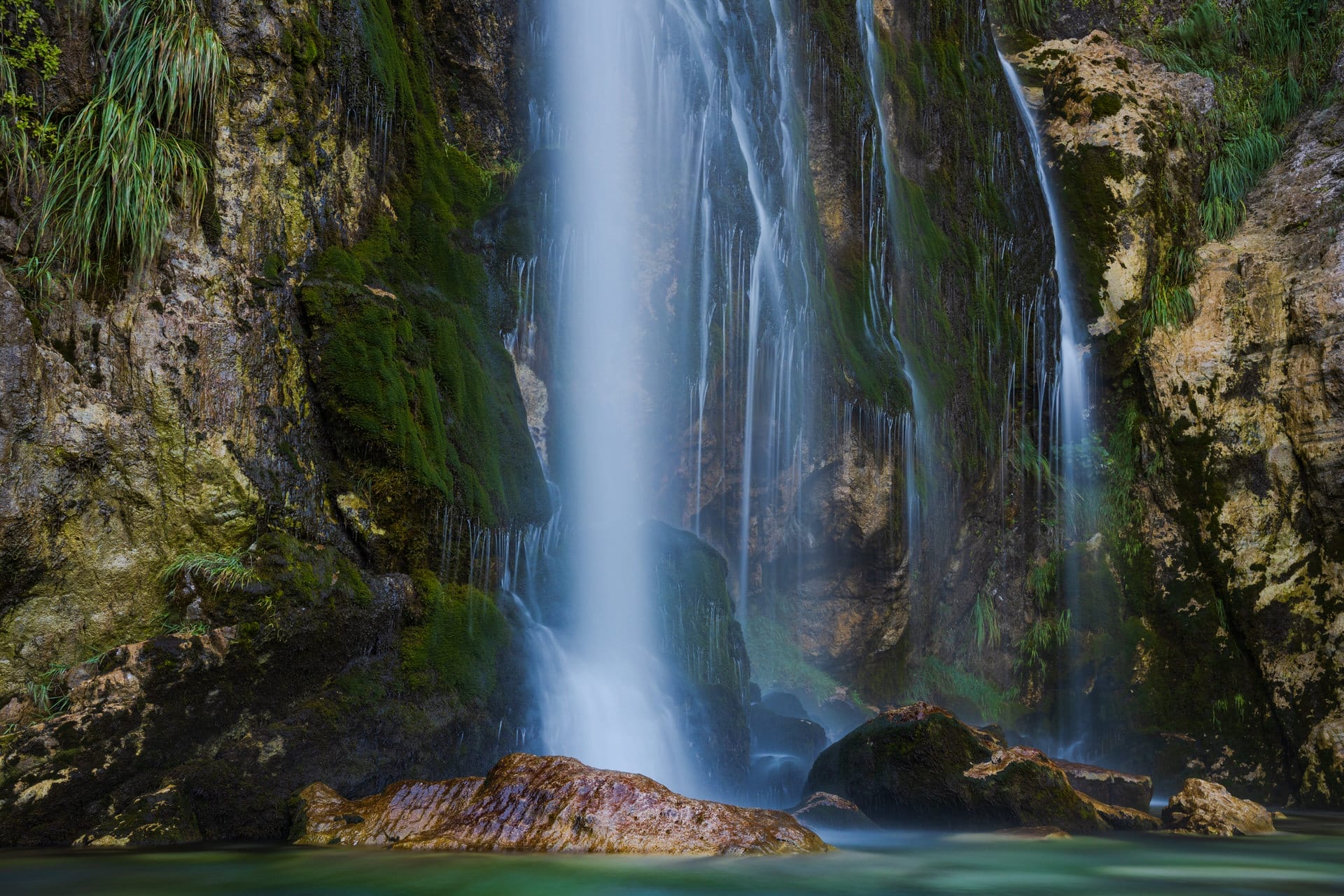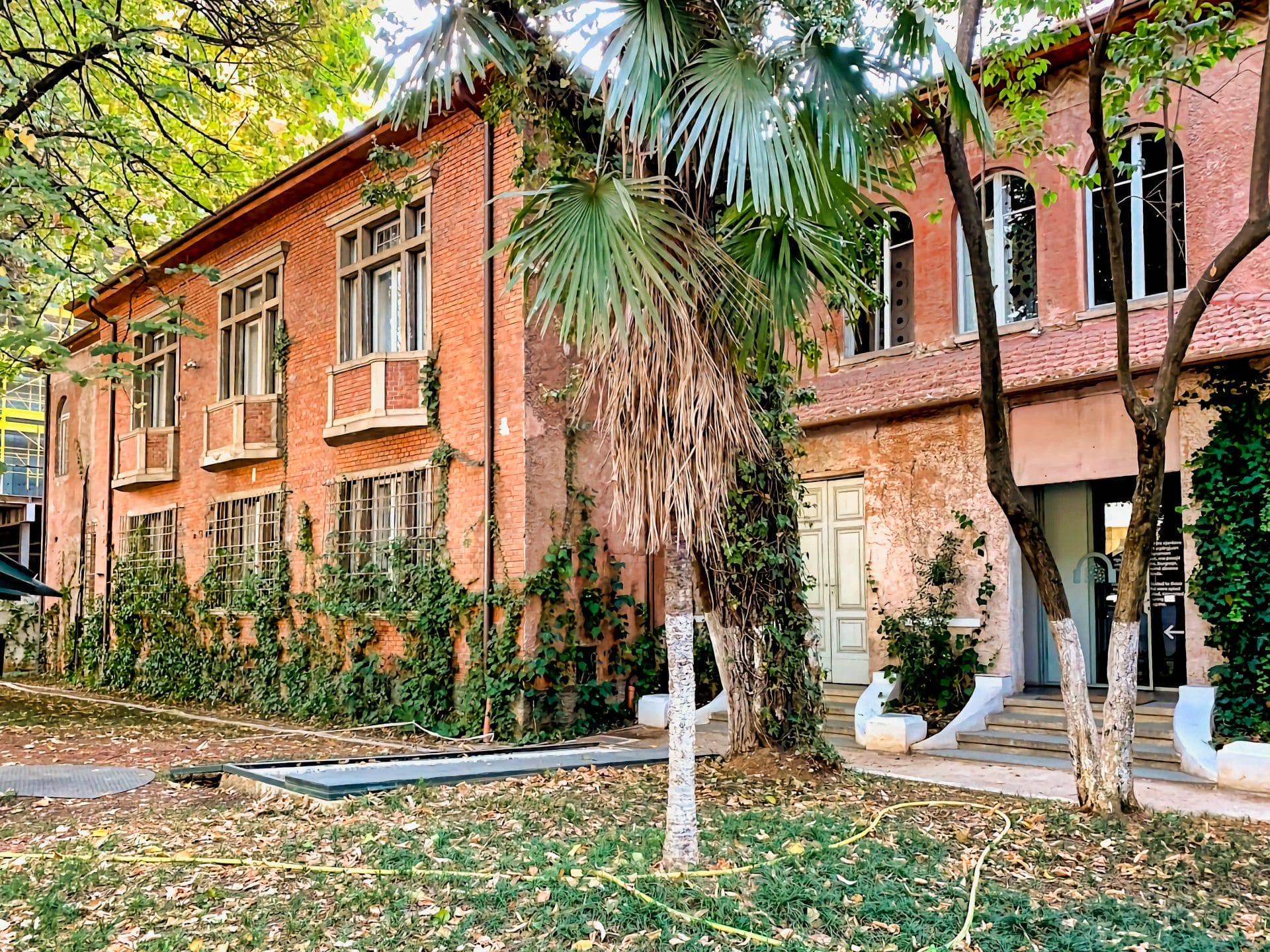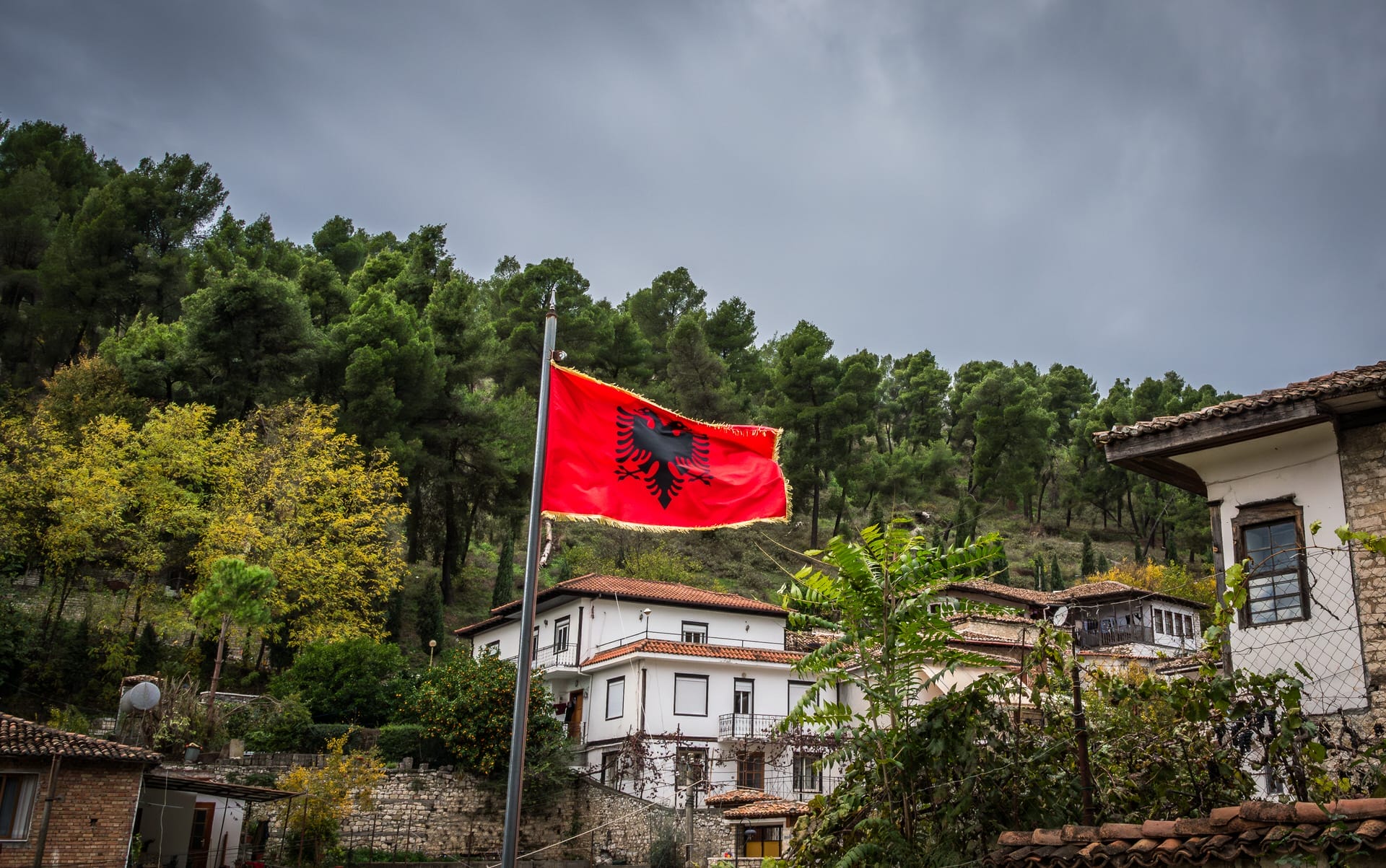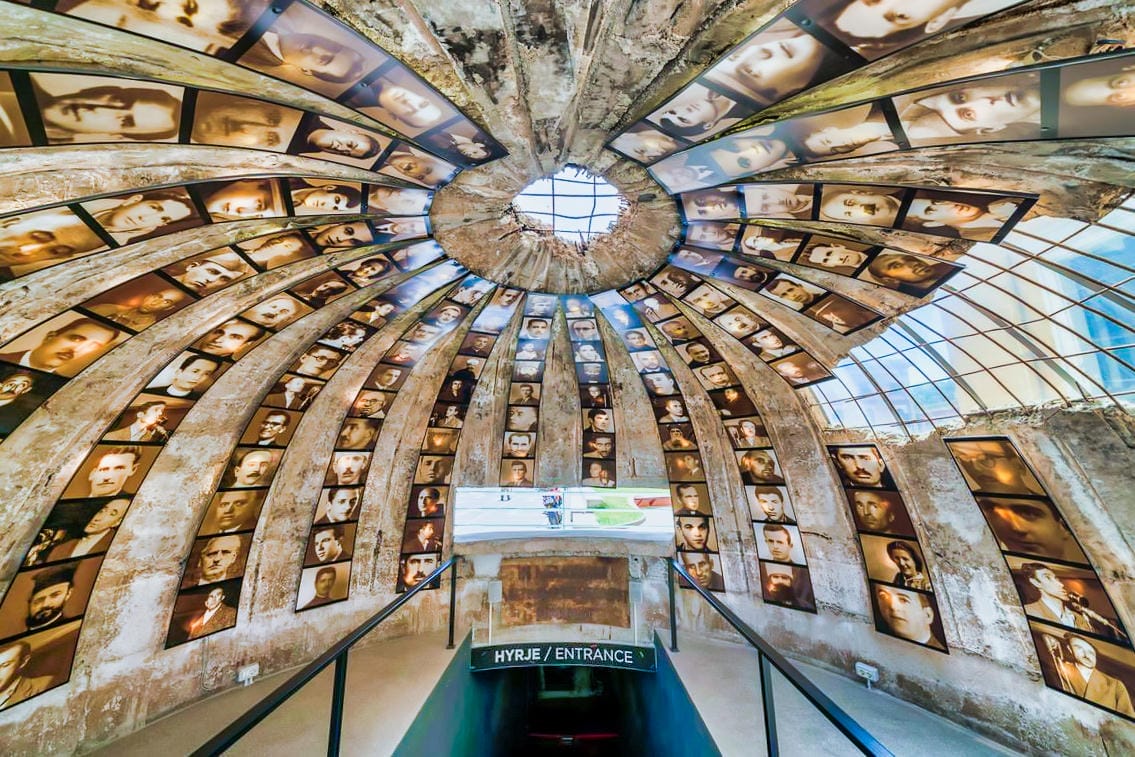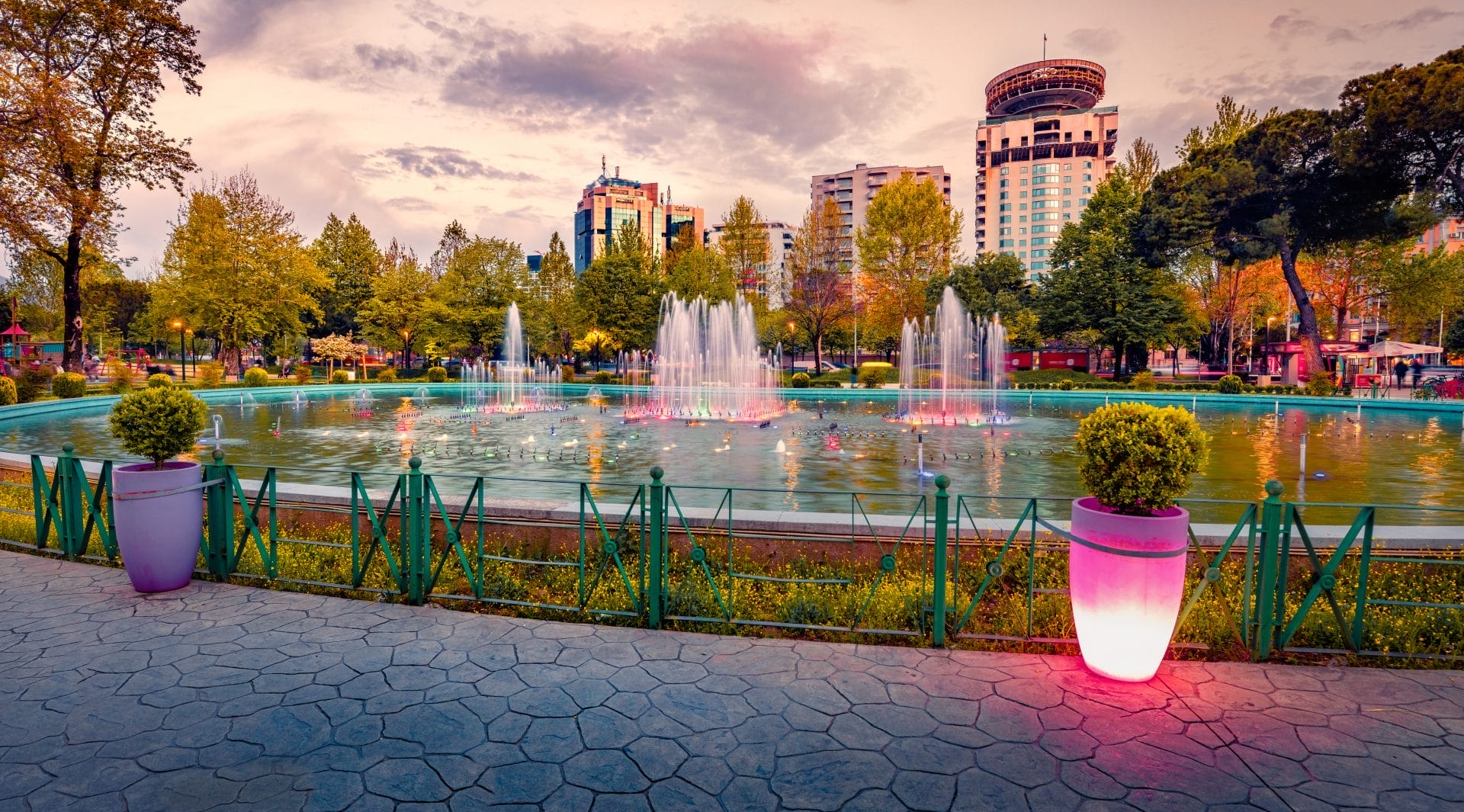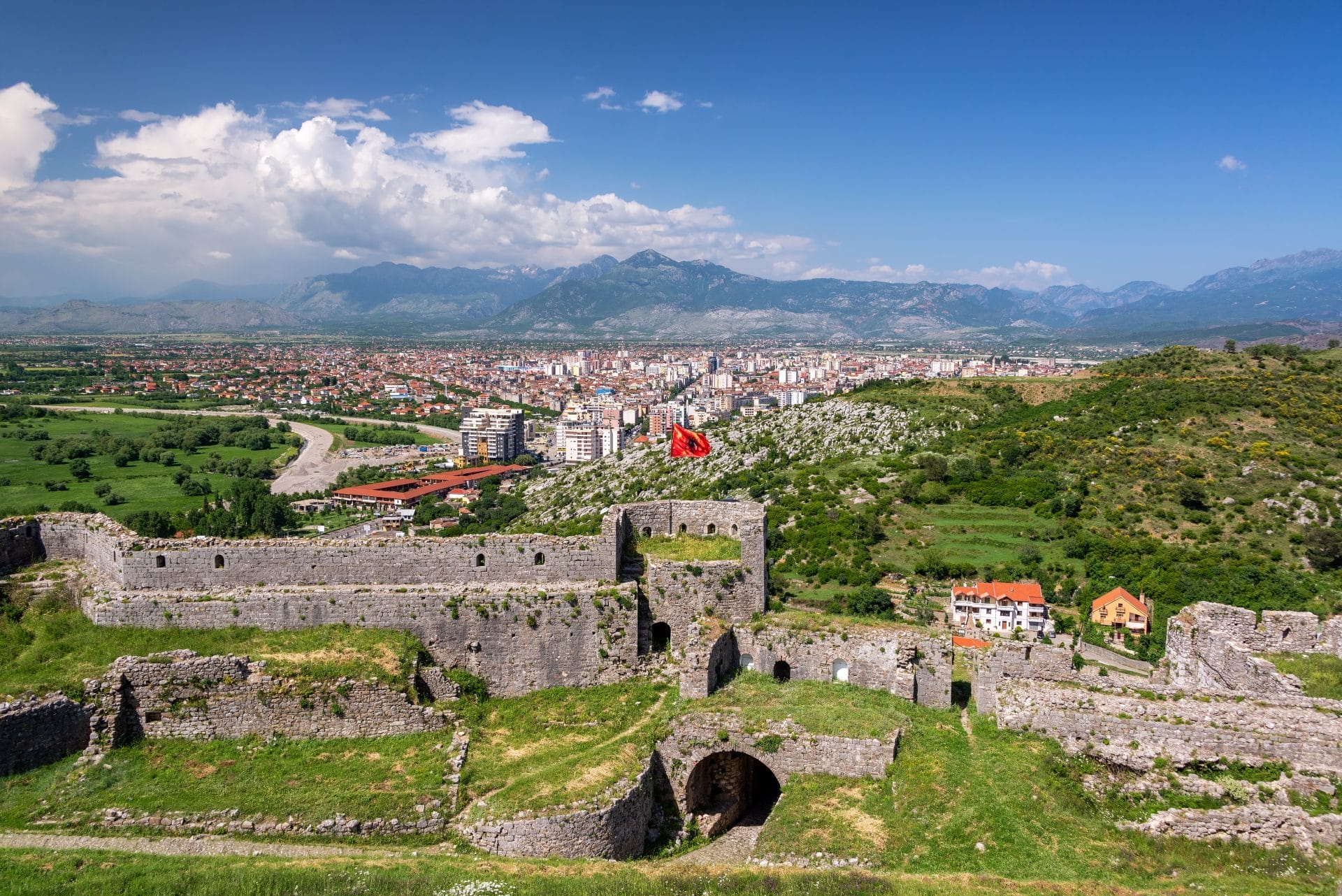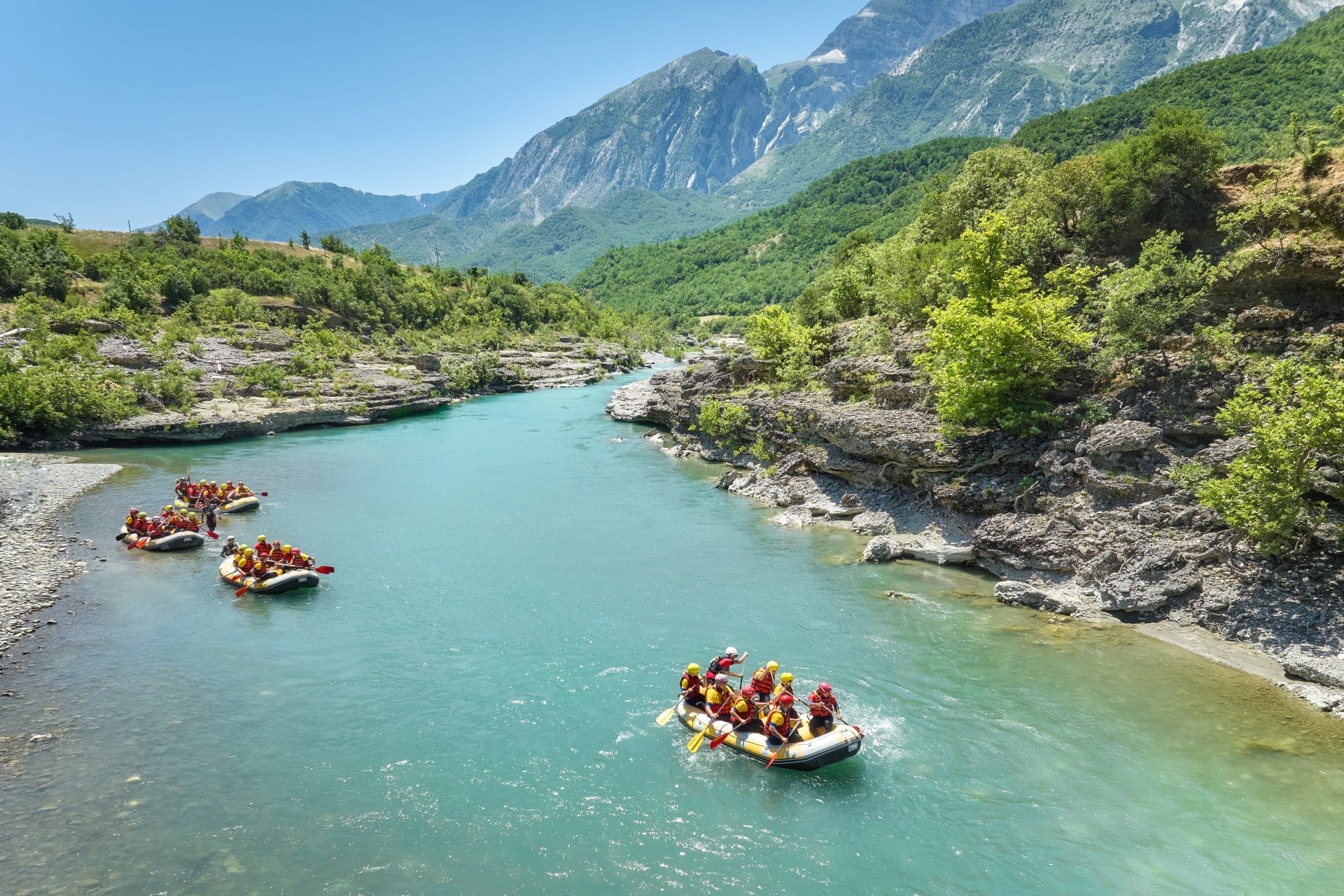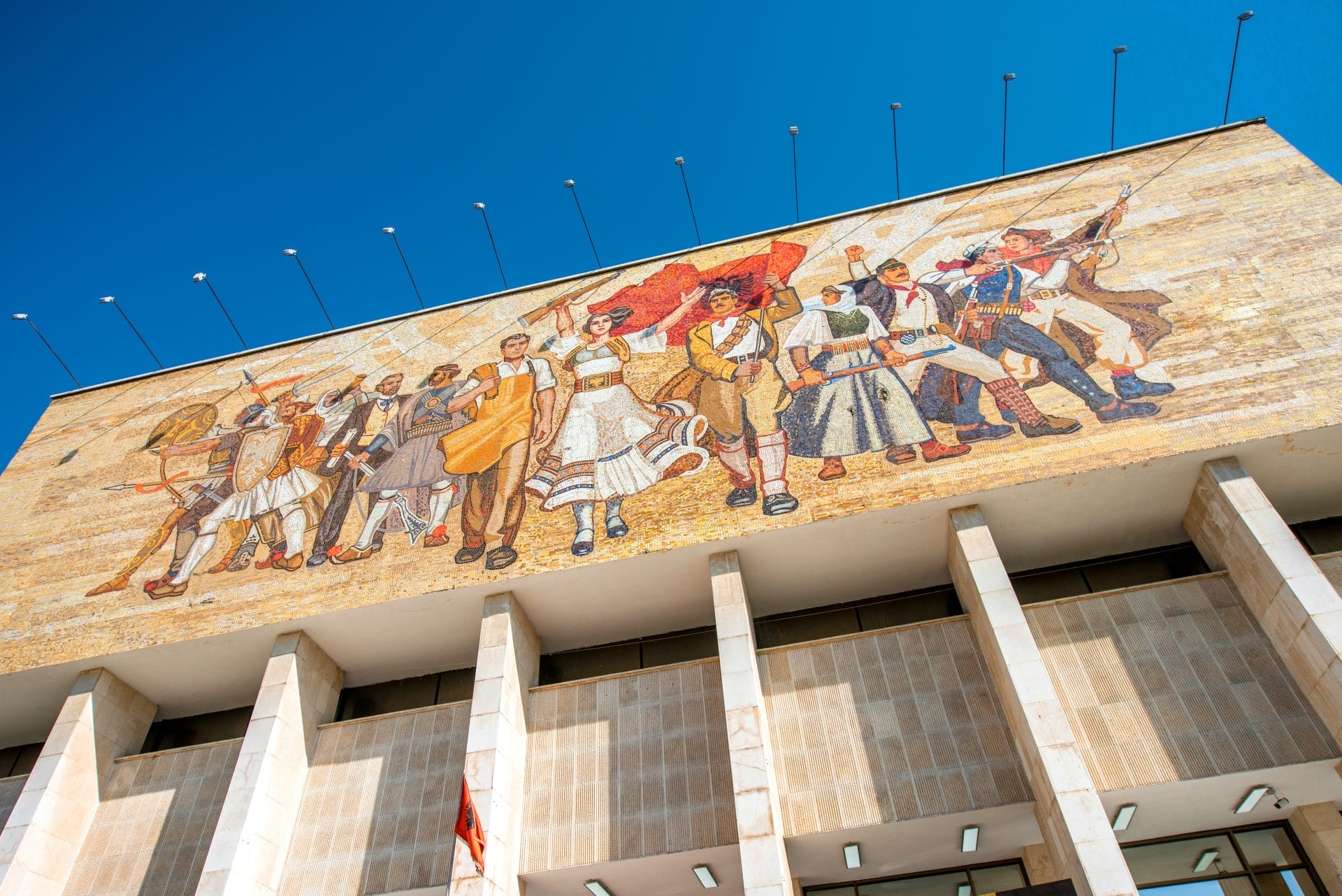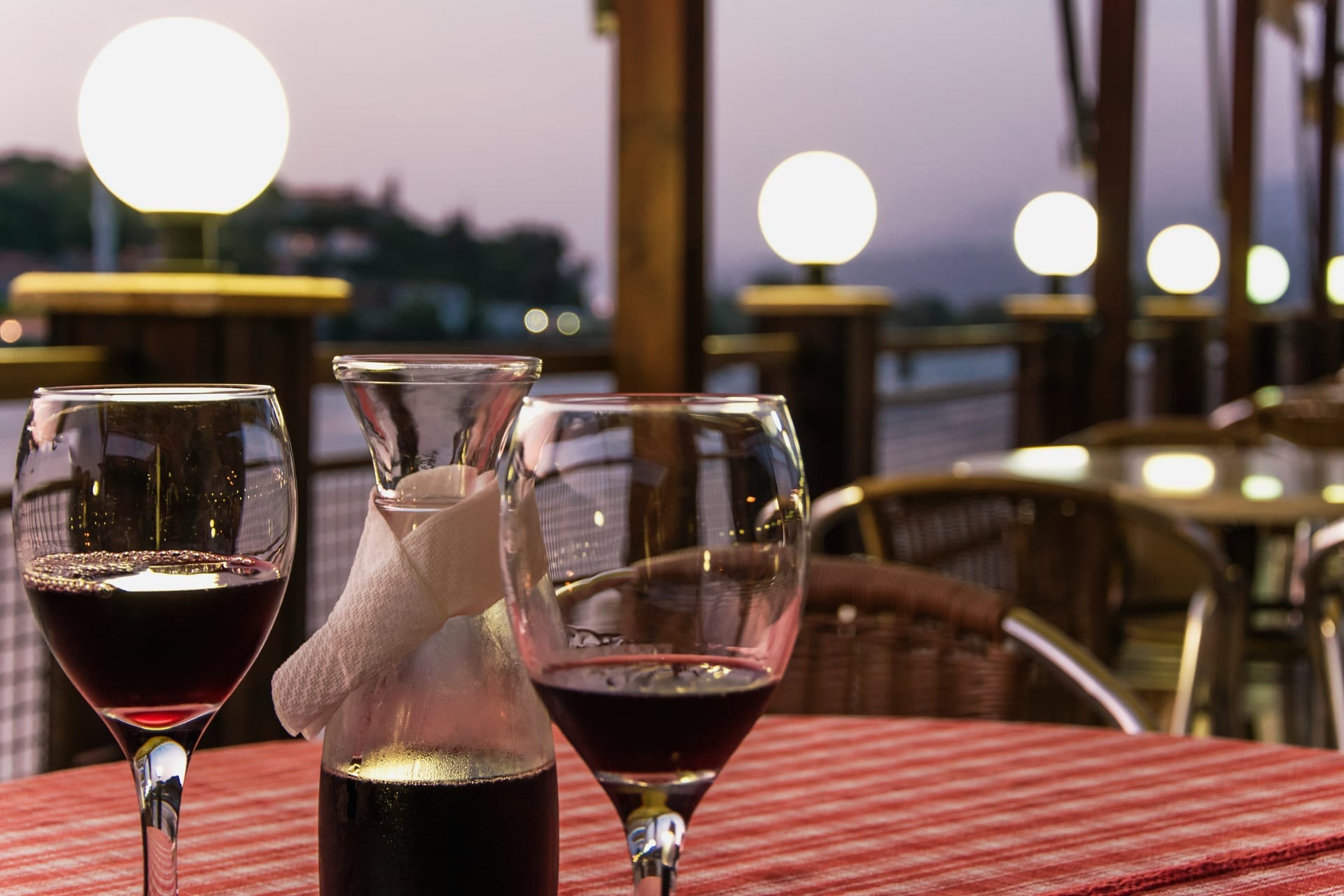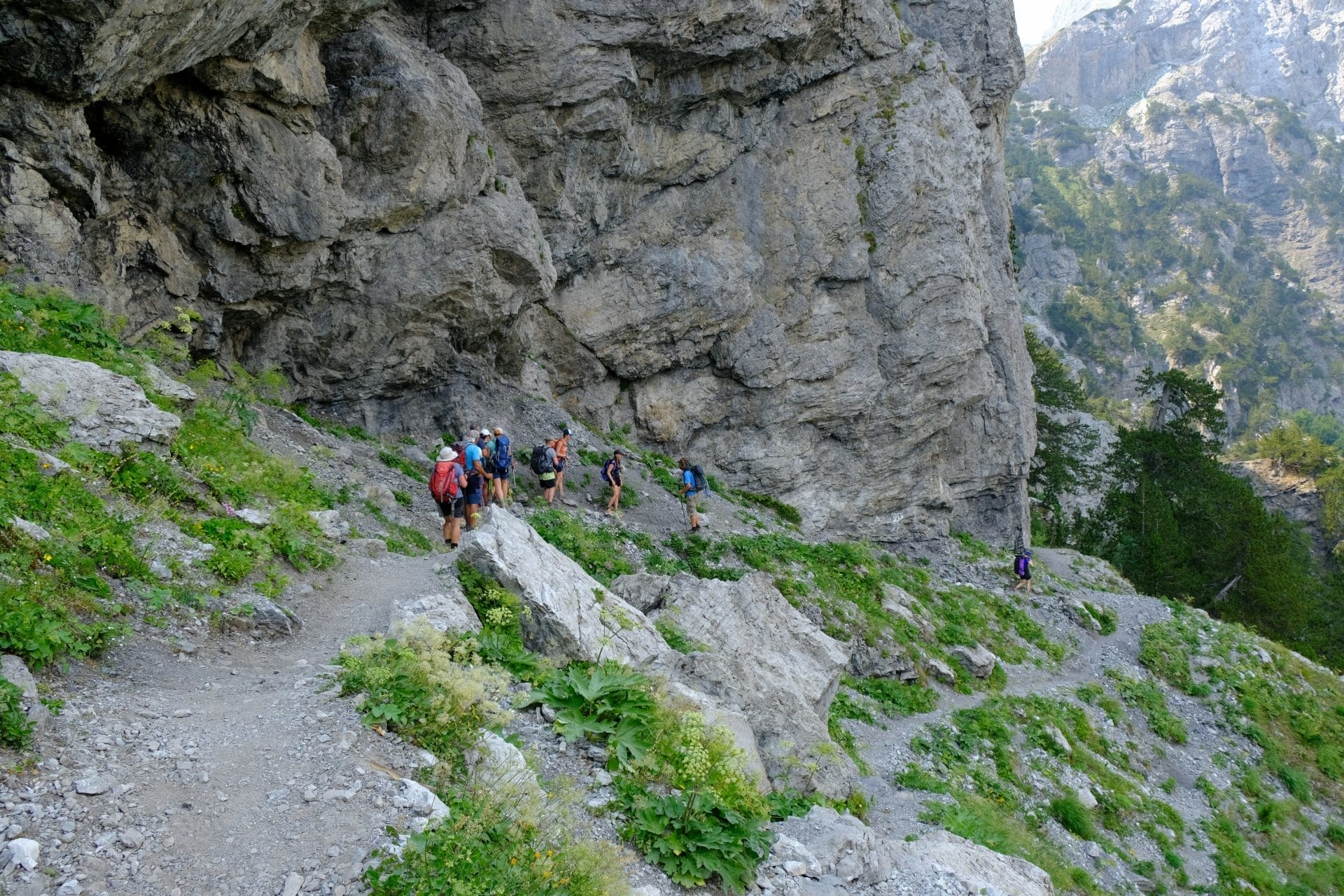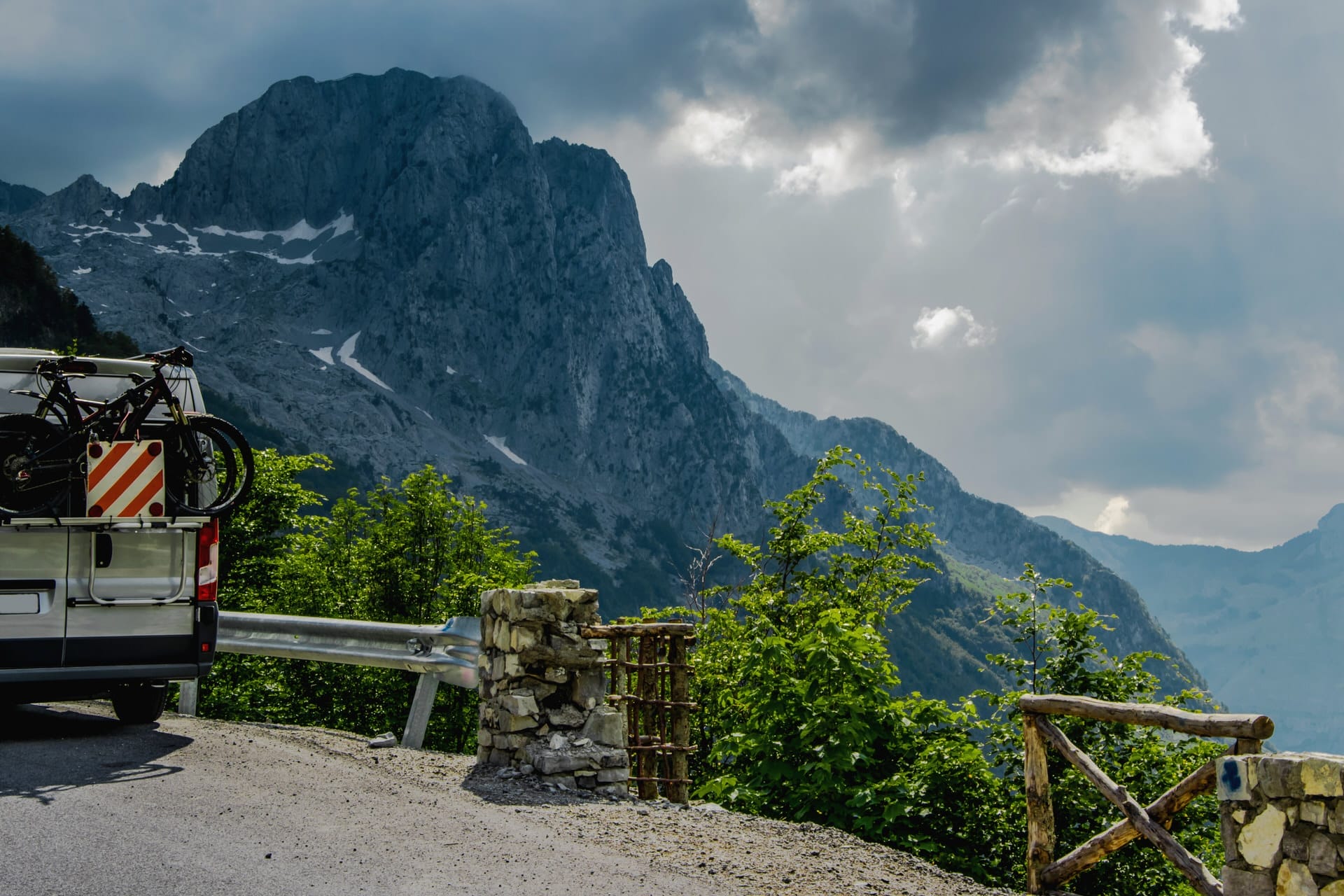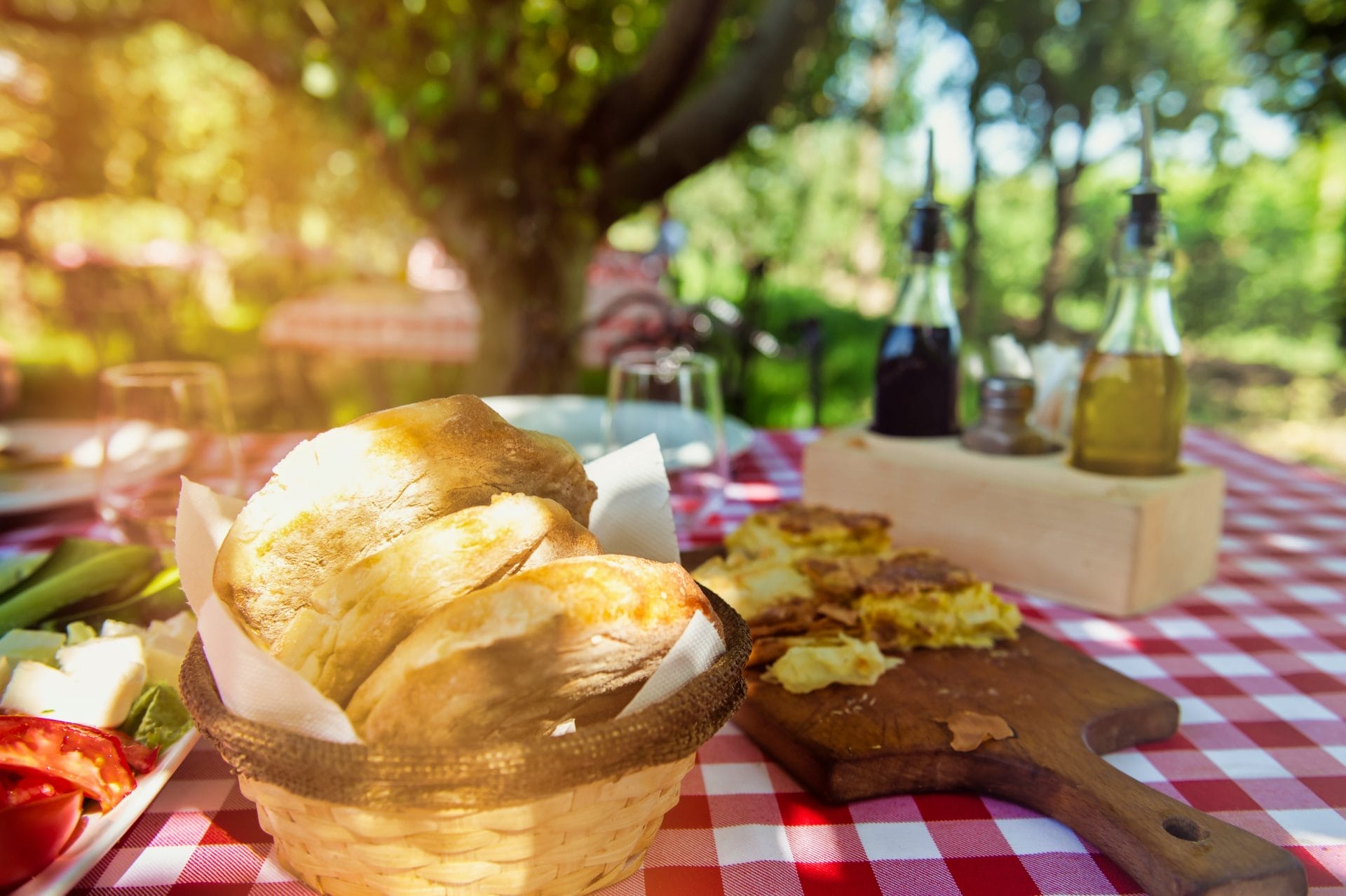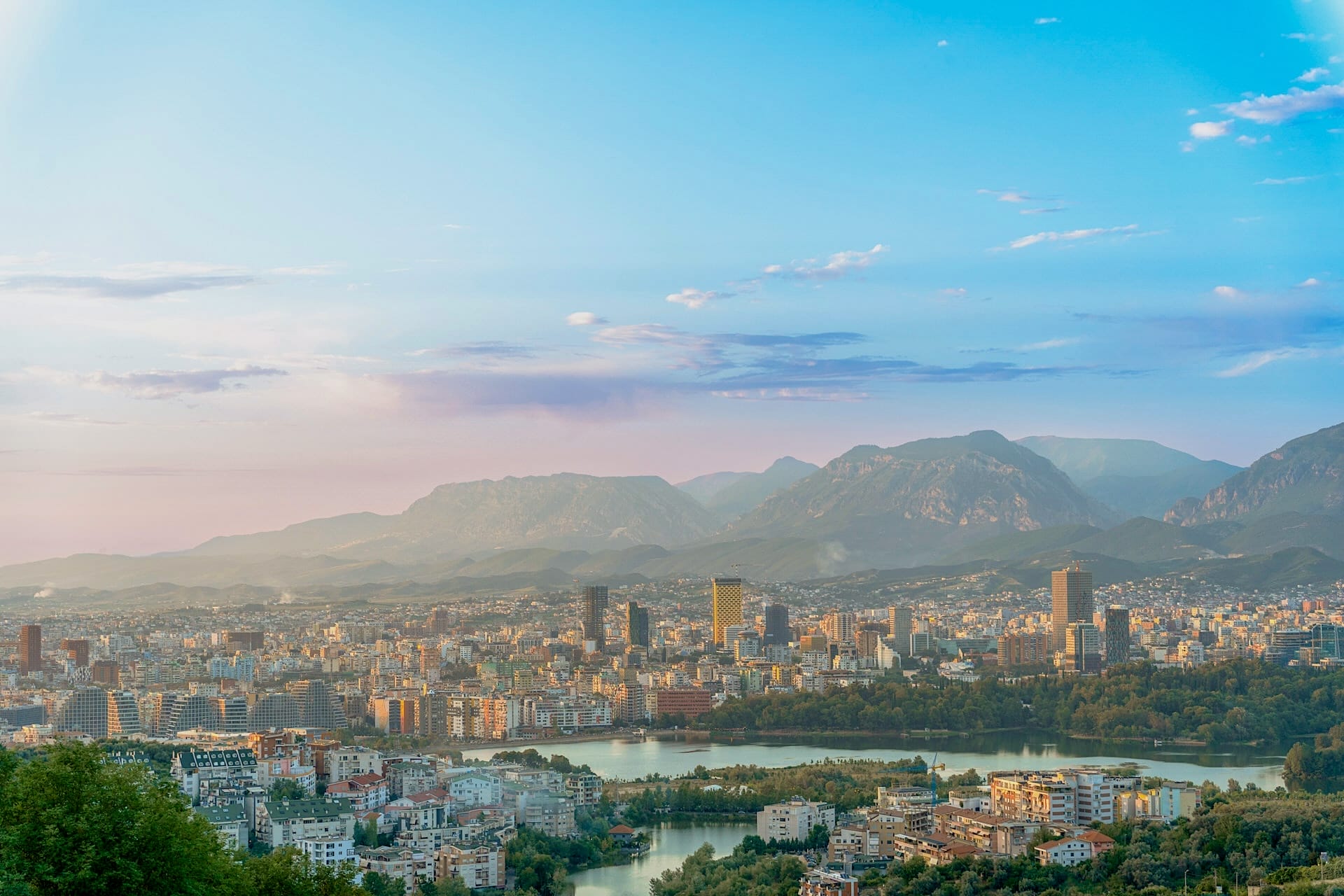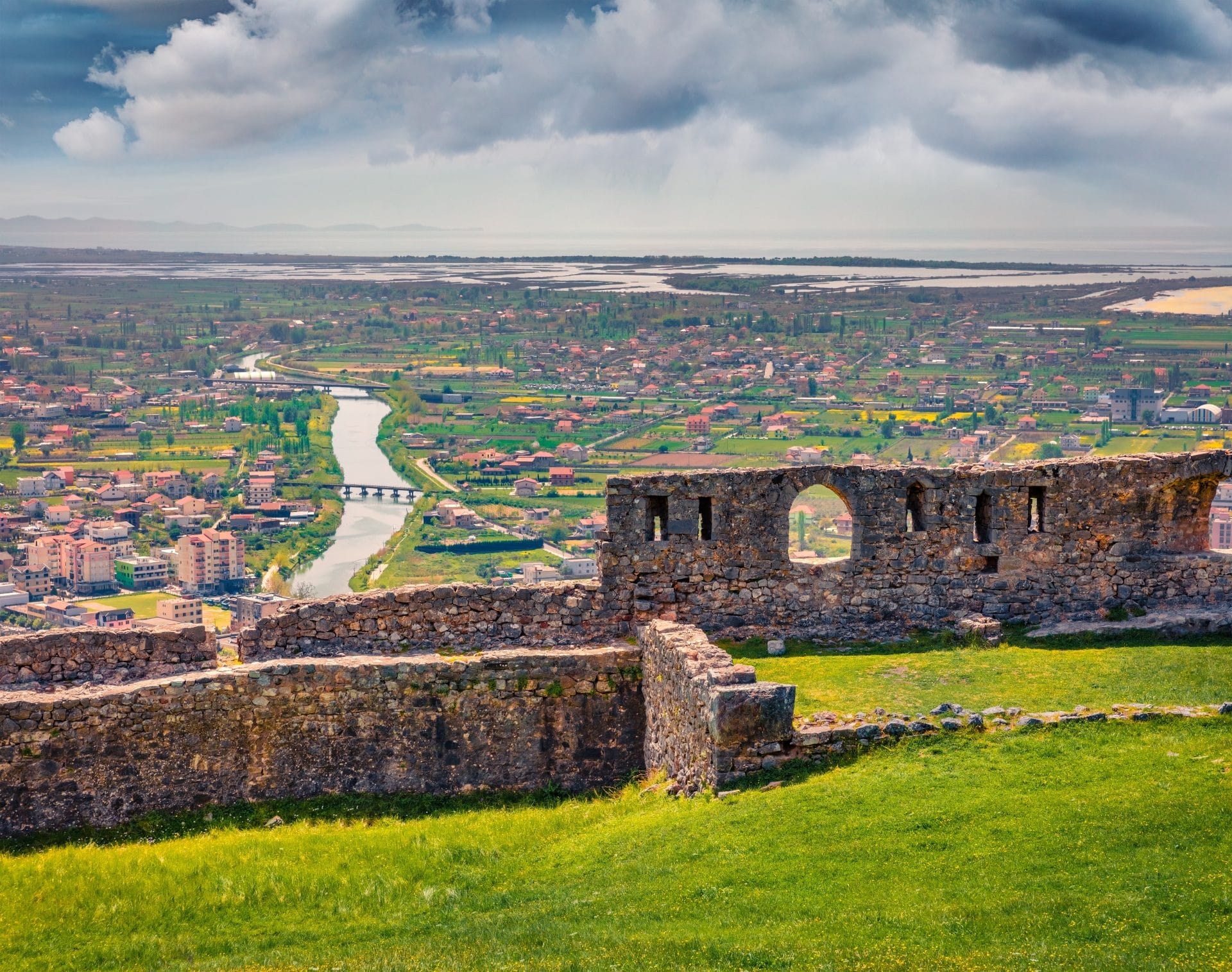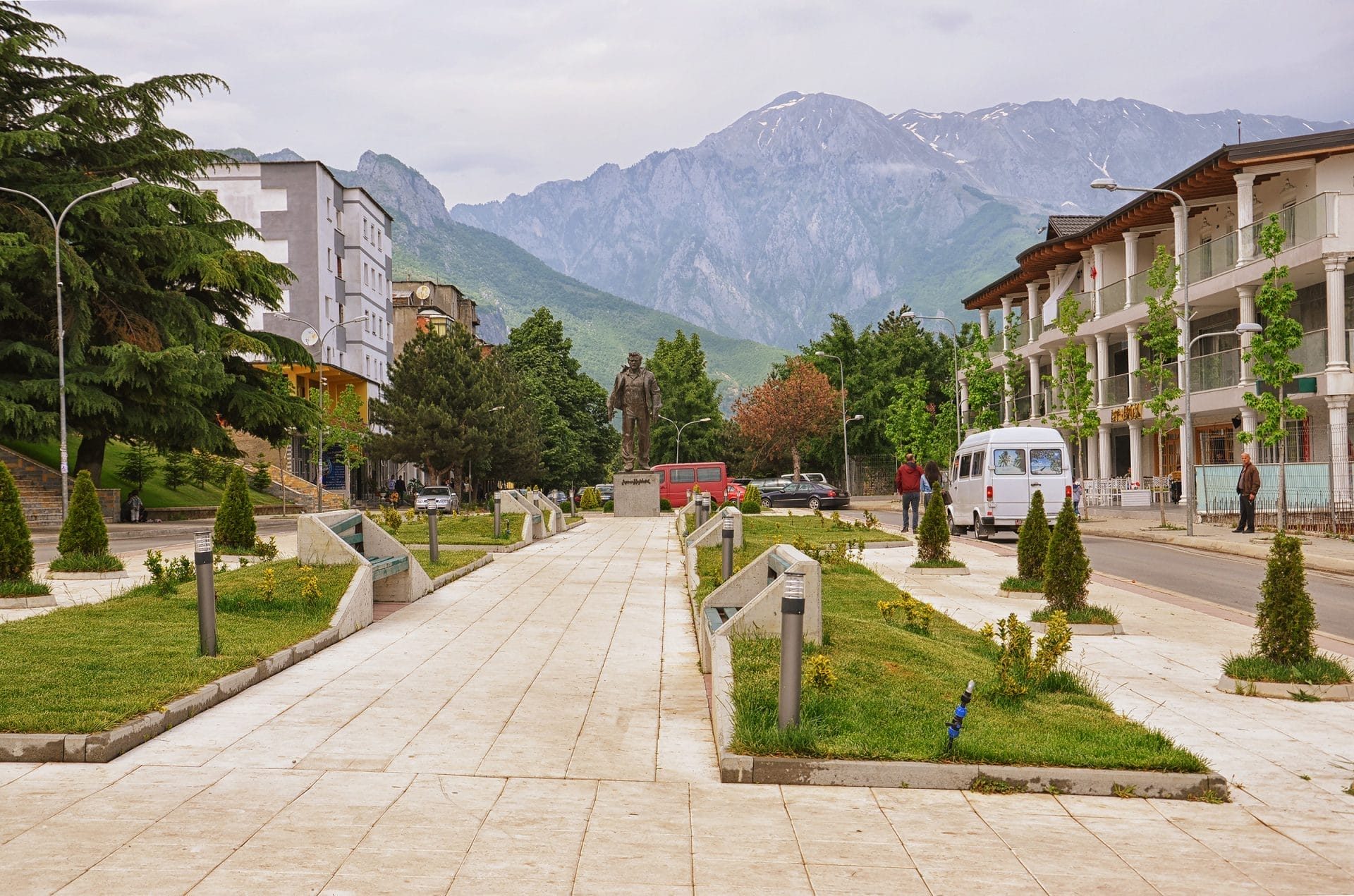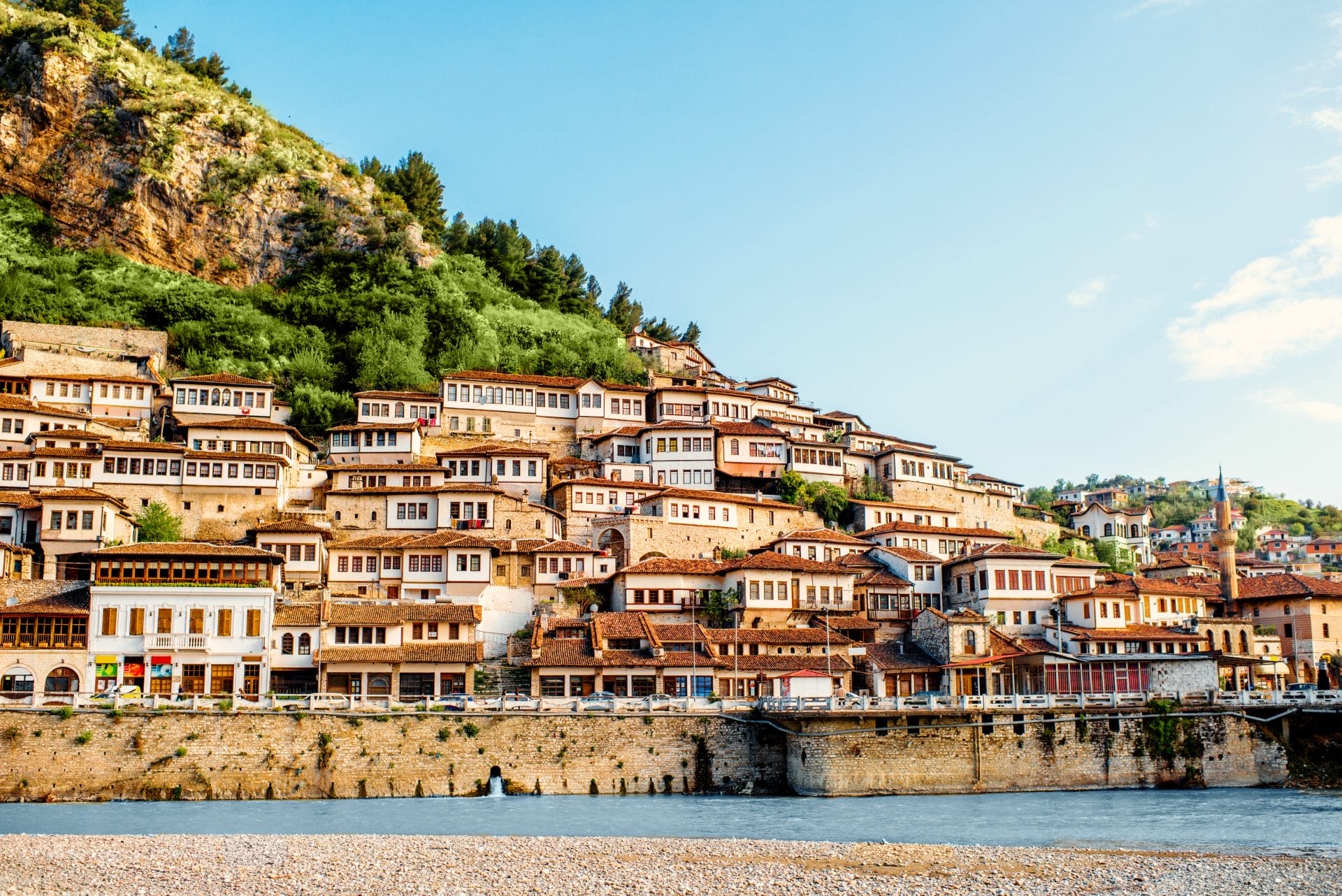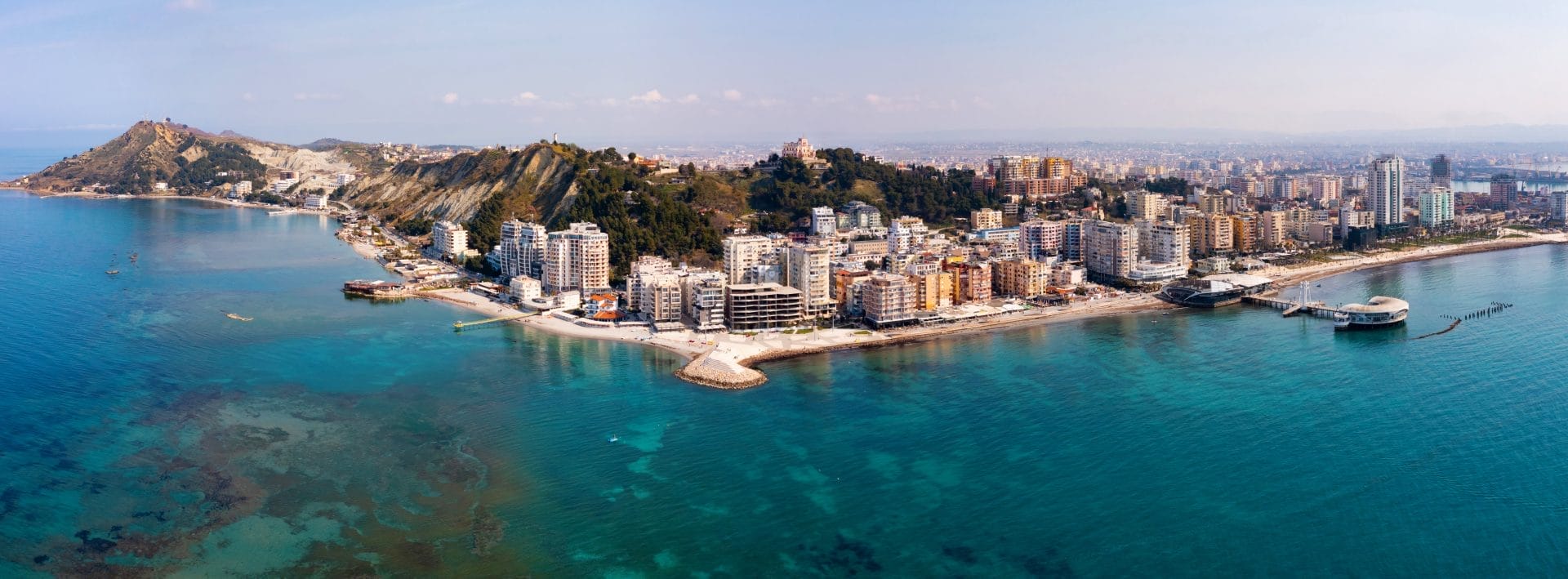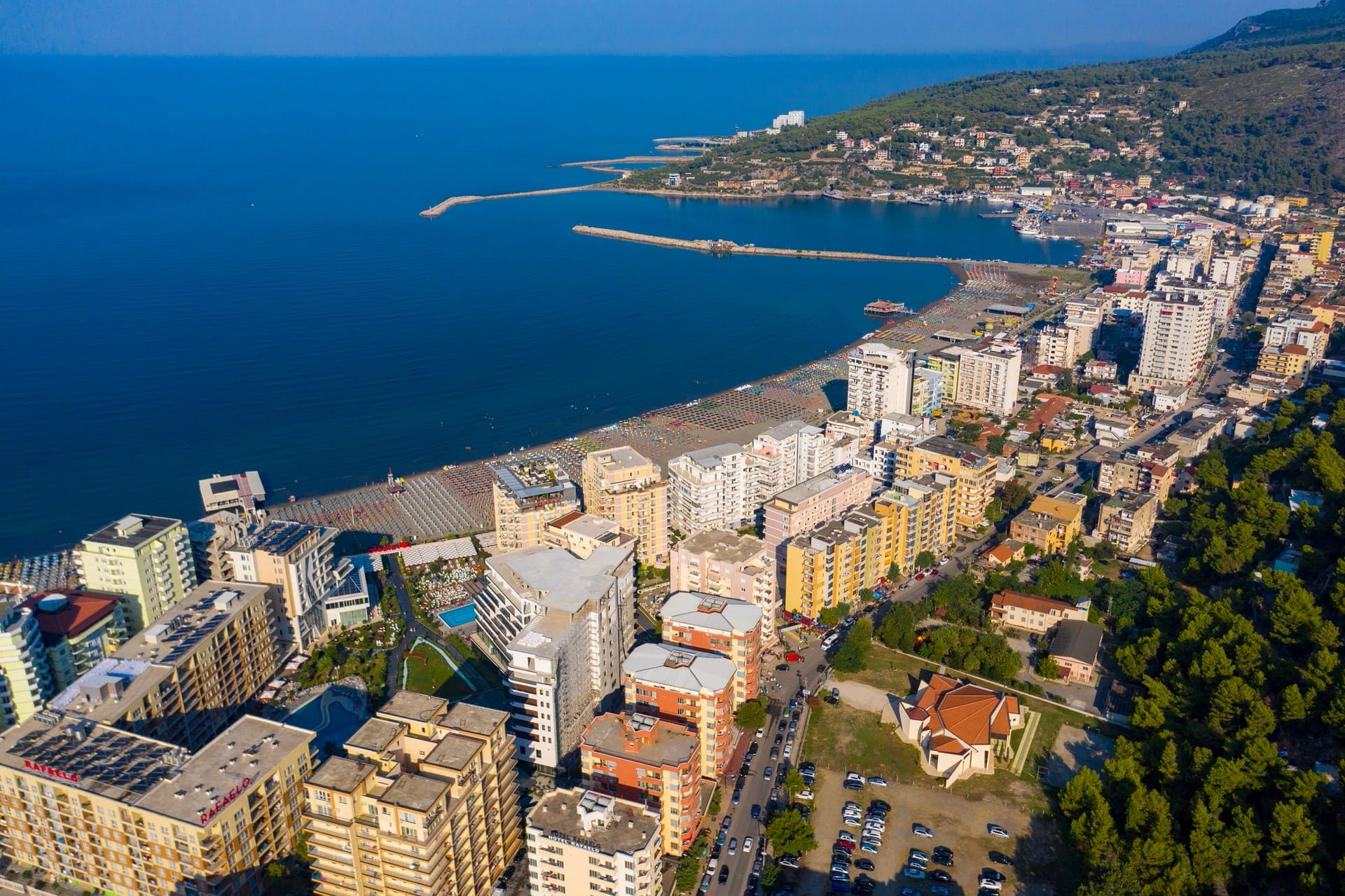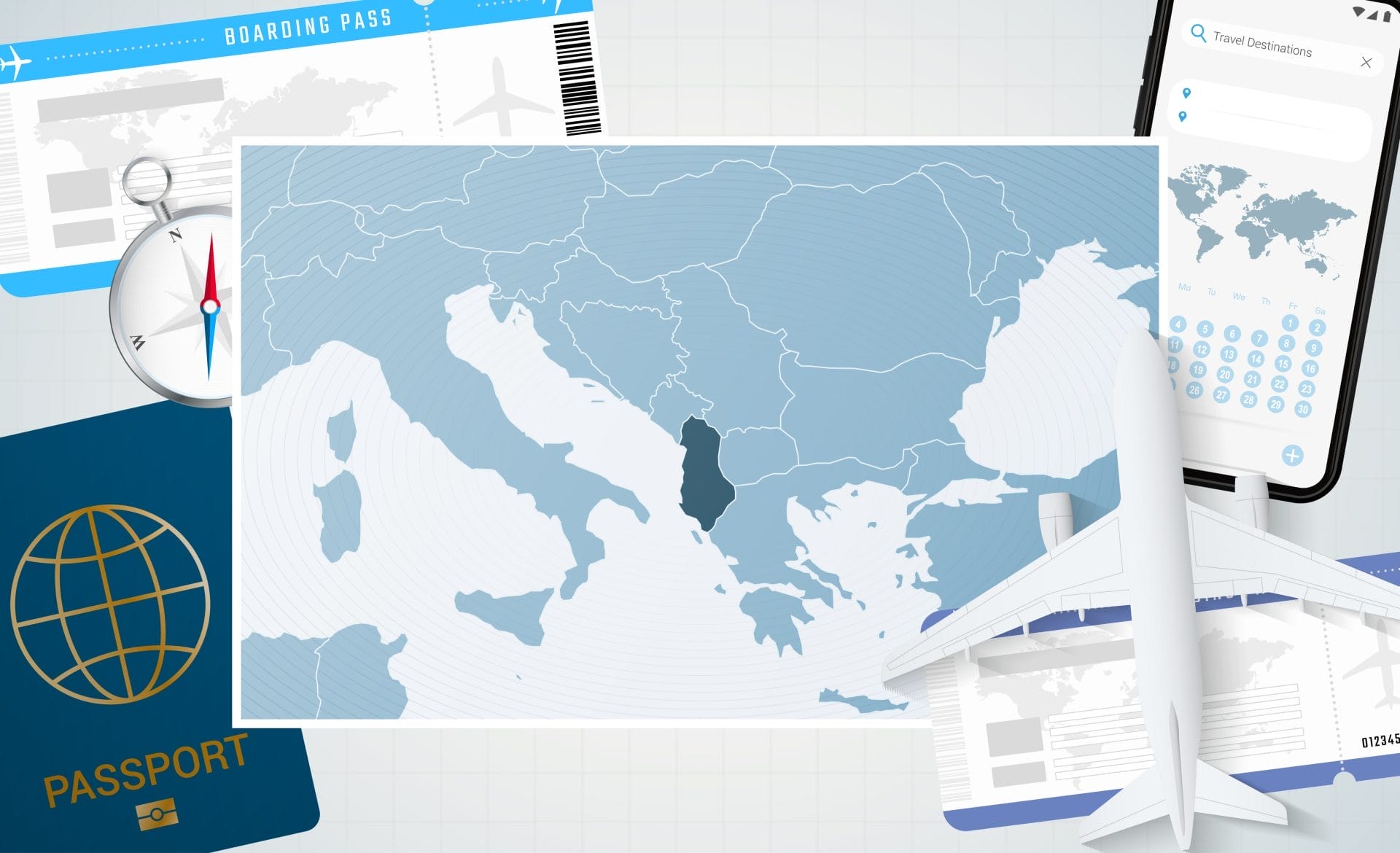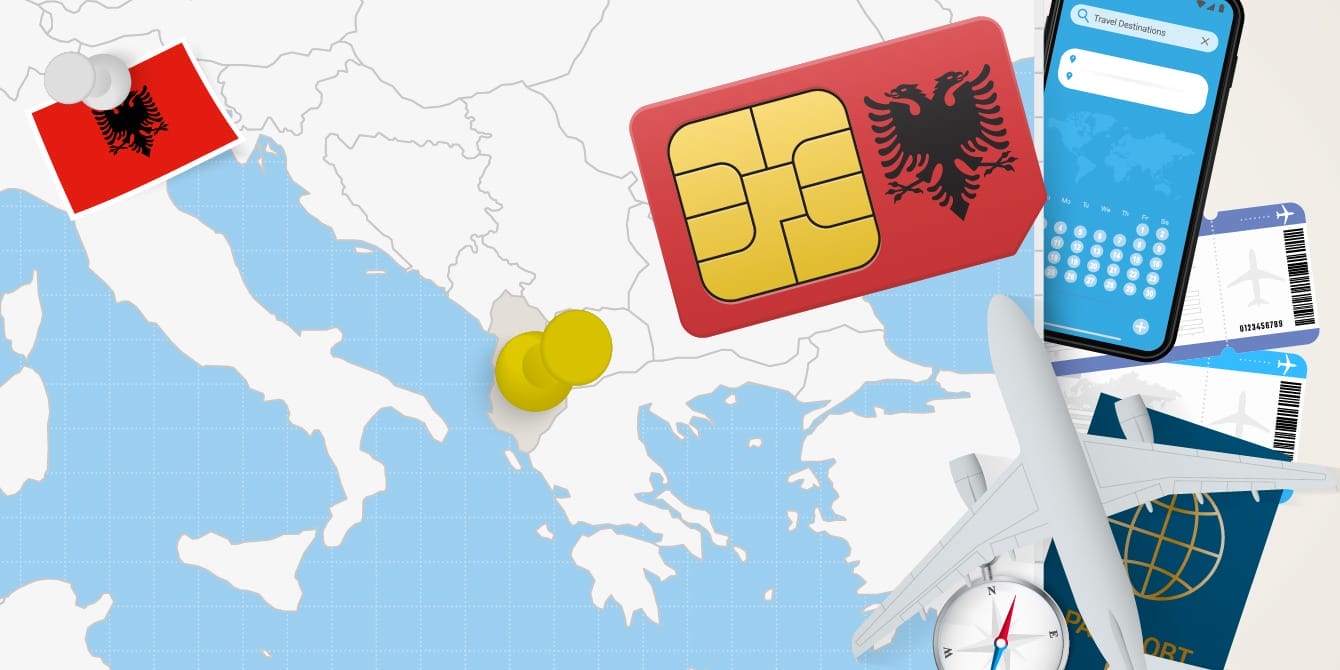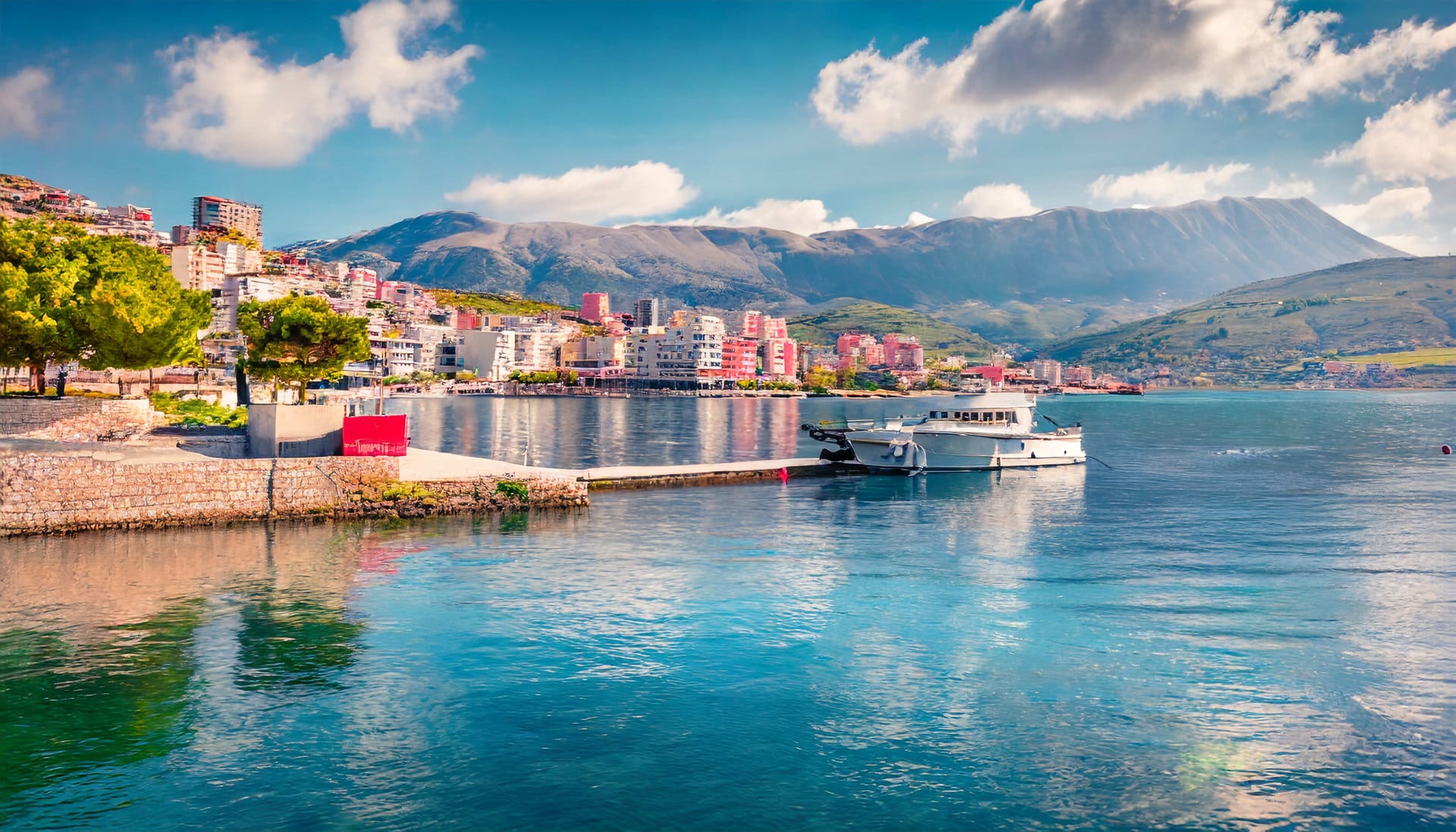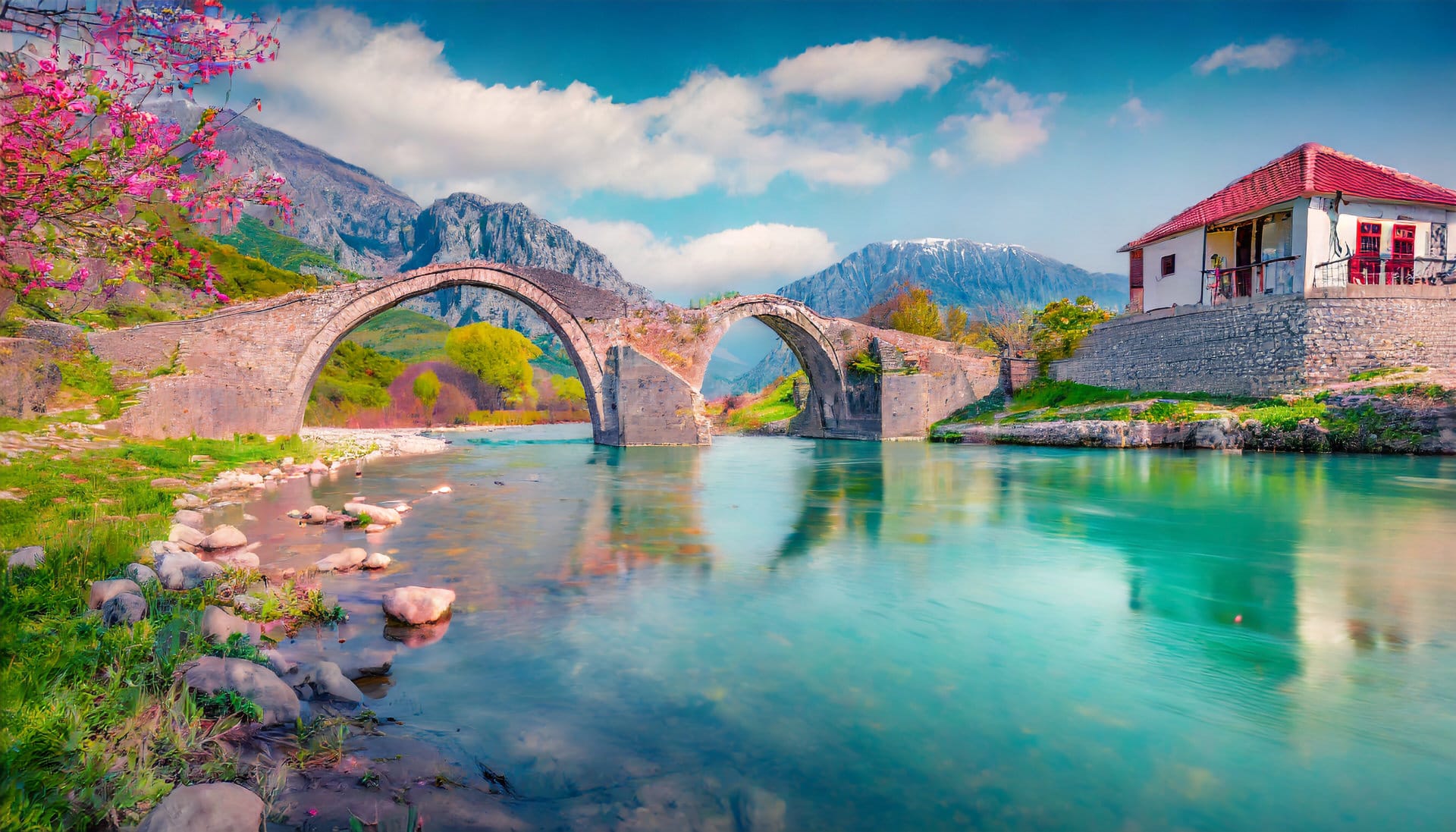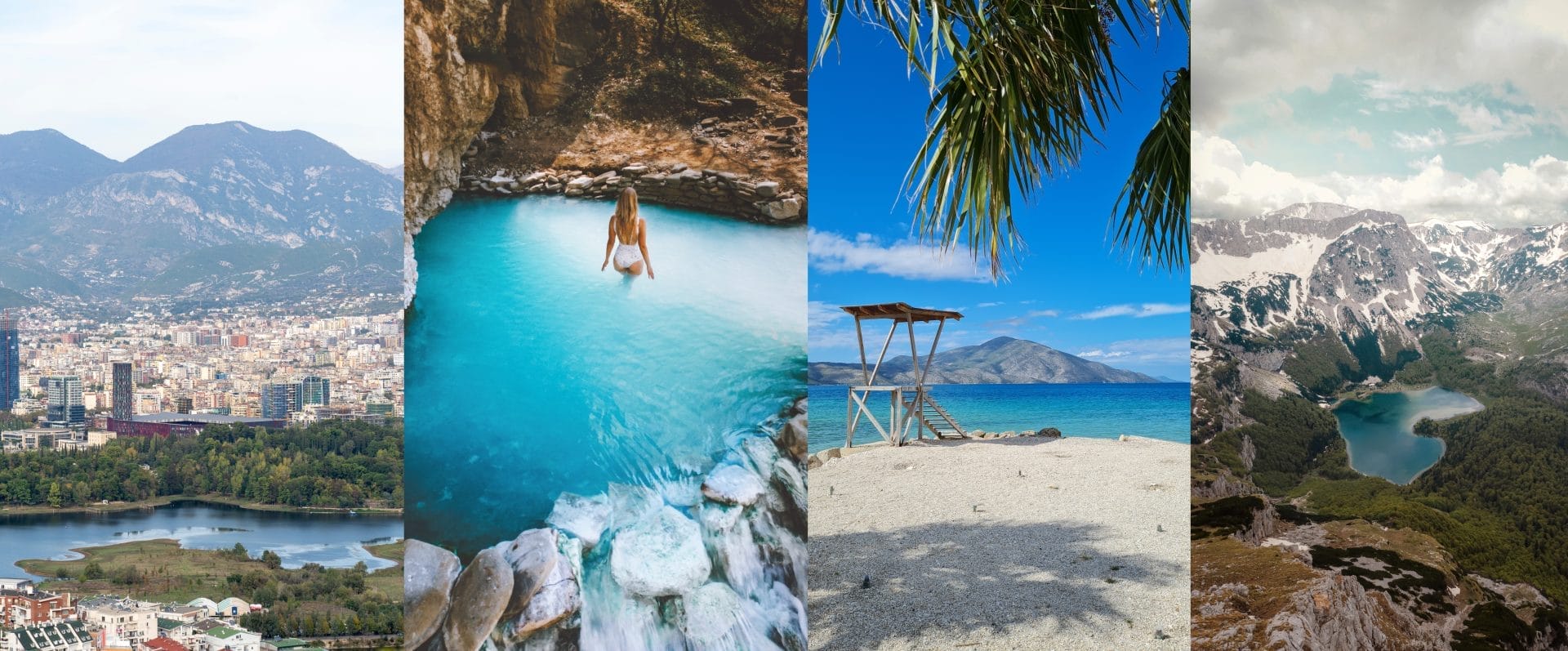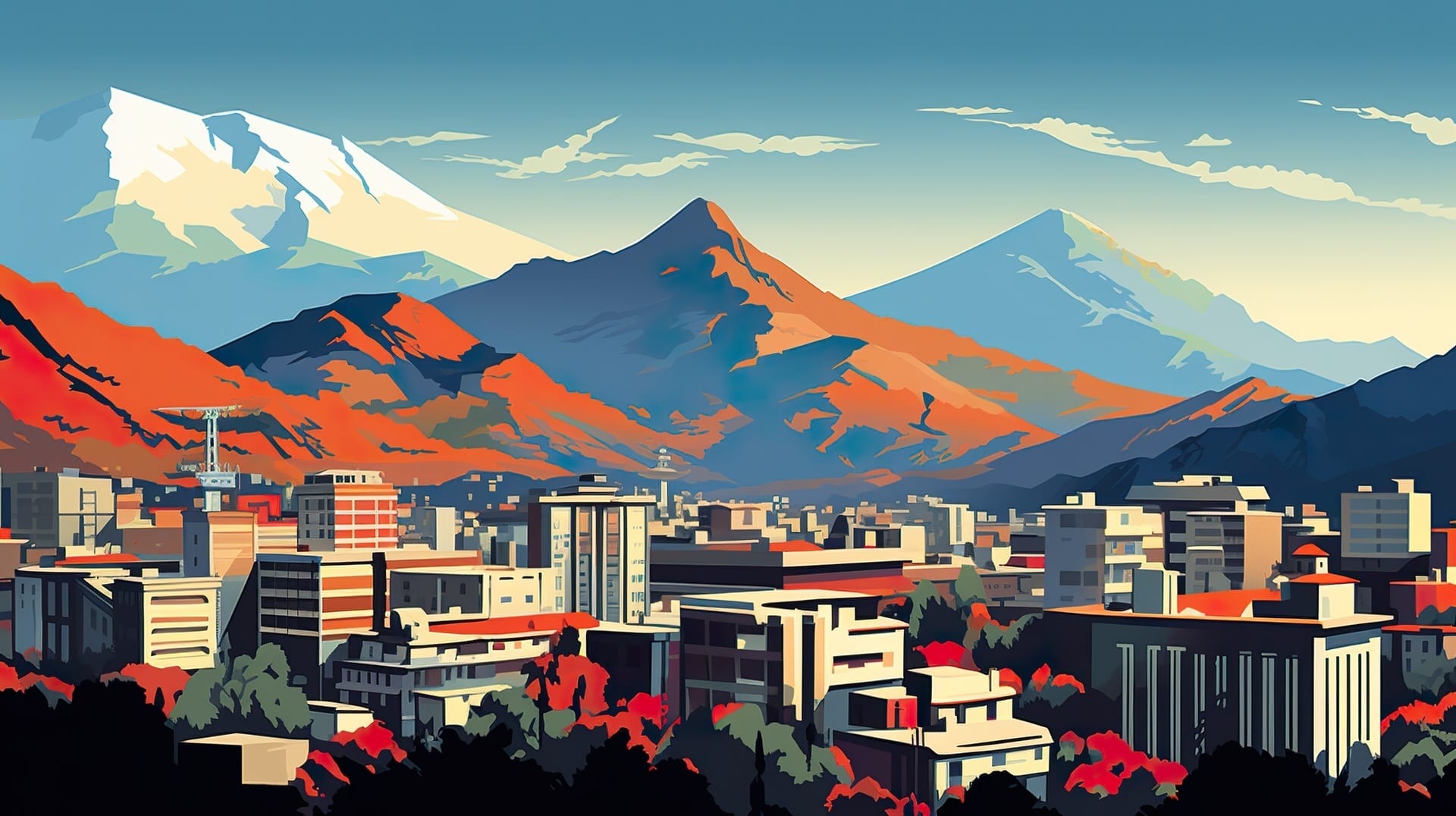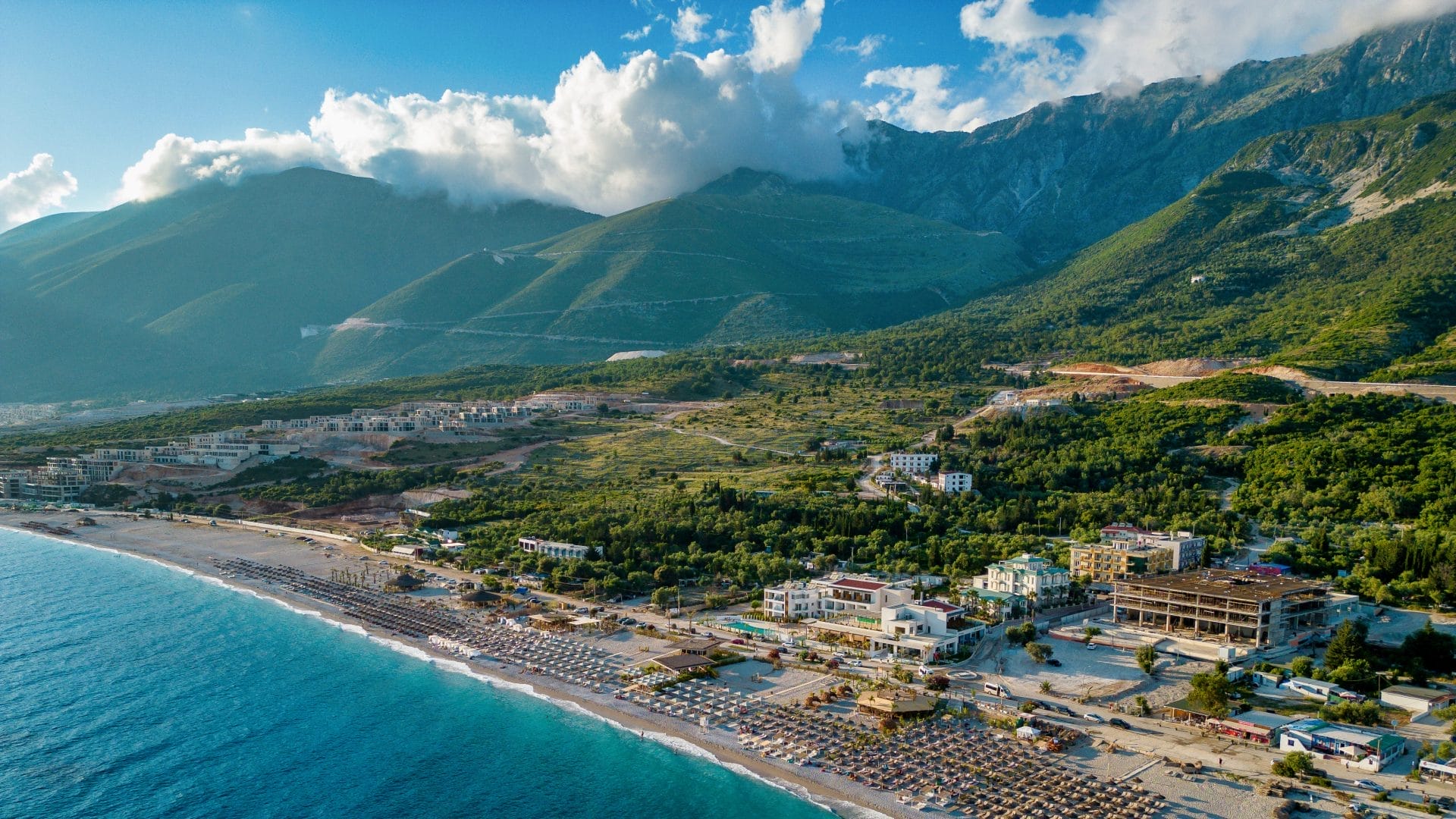
Why Visit Pogradec
Pogradec is a charming little town in southeastern Albania, on the shore of the picturesque Lake Ohrid.
It is a destination for tourists who appreciate beautiful scenery, rich cultural heritage, and delicious traditional Albanian cuisine.
Explore this lovely town’s history, natural wonders, cultural attractions, and dining options.

A Brief History of Pogradec
Pogradec has a long and fascinating history, with roots dating back to the ancient Illyrian civilization that occupied the area roughly 2,500 years ago.
The town was also under Ottoman rule for several centuries, and in the 20th century, it was heavily influenced by the communist regime that governed Albania for almost fifty years.
Ancient Illyrian Roots
The ancient Illyrian civilization that inhabited the Pogradec area left many fascinating artifacts, including ruins of ancient cities and fortifications.
Visitors can explore the historical landmarks and learn about the culture and traditions of this ancient civilization that once thrived in the region.
The Illyrians were known for their fierce resistance against the Roman Empire, and the Greeks heavily influenced their culture.
The region was a hub of trade and commerce, and the Illyrians were skilled in metalworking, pottery, and agriculture.
The ancient city of Pelion, near Pogradec, was a significant center of Illyrian culture and trade.
The city was known for its impressive fortifications and strategic location, which made it a key player in the region’s political and economic landscape.
The Ottoman Era
The Ottoman Empire also played a significant role in the history of Pogradec, and visitors can explore the remnants of this era through the town’s architecture and cultural landmarks.
The Ottoman-style buildings, streets, and bazaars uniquely charm the town.
During the Ottoman era, Pogradec was an important center of trade and commerce, and the town’s location on the shores of Lake Ohrid made it a hub of activity.
The Ottoman rulers left their mark on the town by constructing mosques, bazaars, and other important buildings.
One of Pogradec’s most impressive Ottoman landmarks is the Ali Pasha Castle, built in the early 19th century.
The castle served as a military fortress and residence for the Ottoman ruler Ali Pasha, and it is now a popular tourist attraction.
Pogradec in the 20th Century
During the communist era, Pogradec was transformed into a bustling industrial town.
Visitors can still see remnants of Soviet-style architecture and monuments built during that era.
The communist regime in Albania was one of the most repressive in Europe, and its influence can still be felt in Pogradec today.
Despite the oppressive regime, Pogradec continued to thrive during the 20th century.
The town’s location on Lake Ohrid made it a popular destination for tourists, and many new hotels, restaurants, and other amenities were built to cater to the growing number of visitors.
Today, Pogradec is a vibrant and bustling town combining its rich history, modern amenities, and attractions.
Visitors can explore the ancient ruins of the Illyrian civilization, marvel at Ottoman architecture, and enjoy the natural beauty of Lake Ohrid and the surrounding mountains.
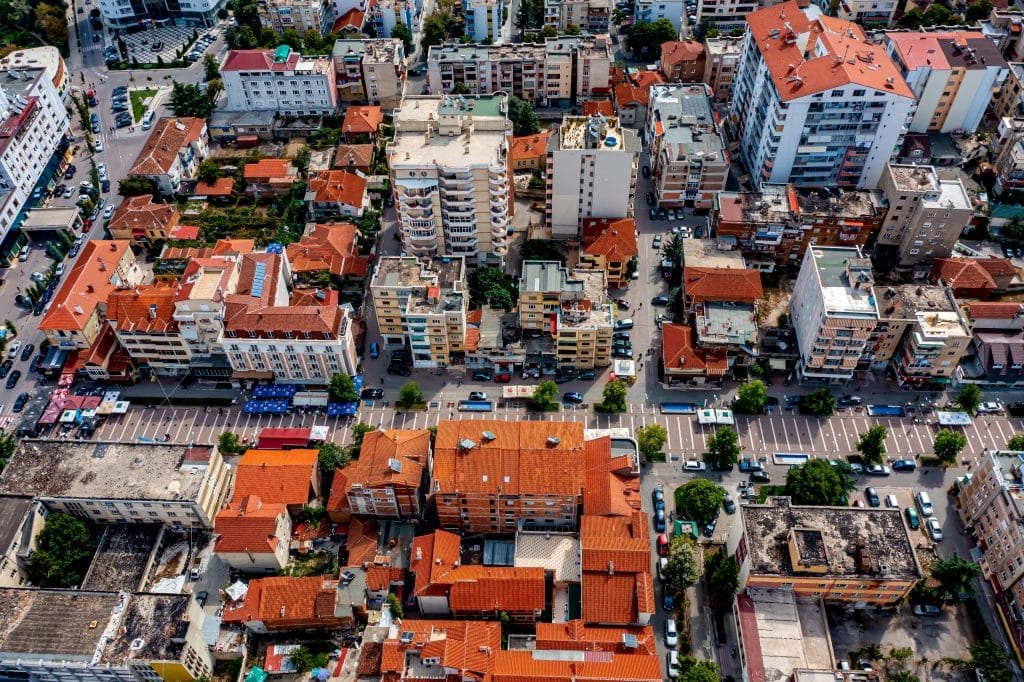
Natural Wonders of Pogradec
Lake Ohrid
The ancient Lake Ohrid astounds with superlatives when crossing the border between Albania and North Macedonia. It ranks among the oldest lakes on earth at a staggering three to five million years old. Its jewel-toned waters plunge to depths reaching 288 meters, making Ohrid the Balkans’ deepest lake.
But Lake Ohrid’s significance transcends geological records. Its shores safeguard over a millennium of cultural heritage as one of UNESCO’s most prized landmarks. Byzantine churches and monasteries harbor millennia-old Balkan frescoes and icons, testifying to the lake’s enduring spiritual importance. Atmospheric villages emerge from mountain mists, their red-tiled roofs and cobbled lanes transporting visitors back through the centuries.
Ohrid wows visitors with wine-dark waters set dramatically beneath the rugged Galicica Mountains. Alternate days lounging on secluded beaches while exploring lakeside villages and history-steeped religious sites. As the sun sinks, feast on freshwater delights before drifting to sleep, counting the constellations strewn across inky night skies. Lake Ohrid enthralls all who venture to its storied shores.
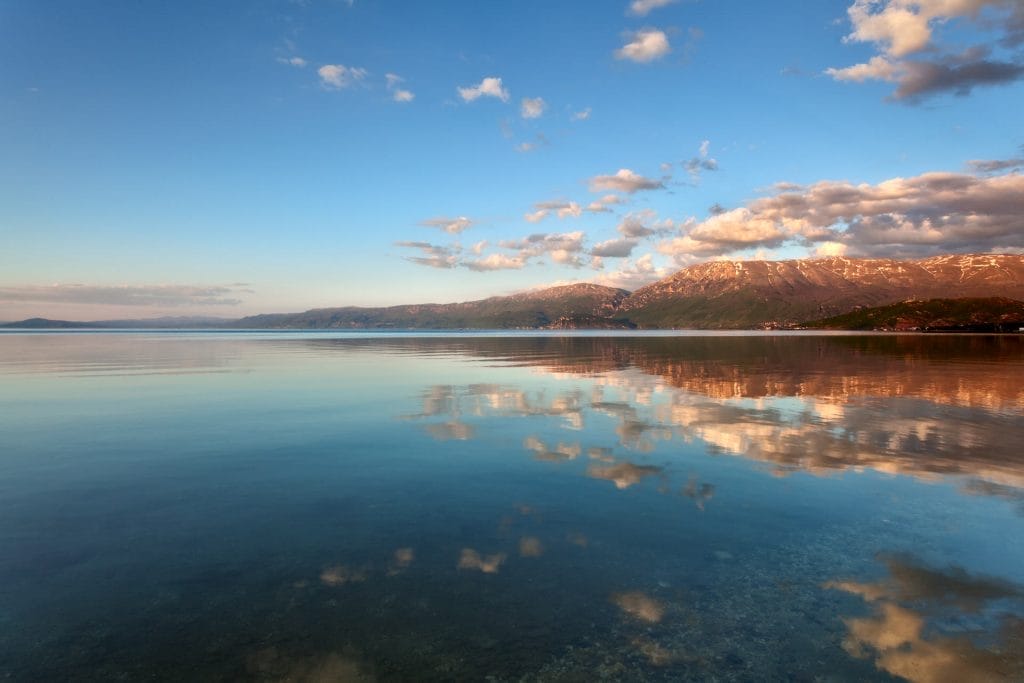
Driloni National Park
The Driloni National Park is another natural wonder in Pogradec, just 6 km from the town center.
It is a haven for nature lovers, with its lush forests, pristine rivers, and stunning waterfalls.
Visitors can enjoy hiking, fishing, picnicking, and birdwatching in this beautiful park.
The park is home to many rare species of birds, including the Dalmatian Pelican, making it a popular spot for birdwatchers.
The park is also home to the famous Drilon Springs, a series of natural springs that bubble up from the ground and form a small lake.
The water is crystal clear and is said to have healing properties. Visitors can dip in the lake and relax in the peaceful surroundings.
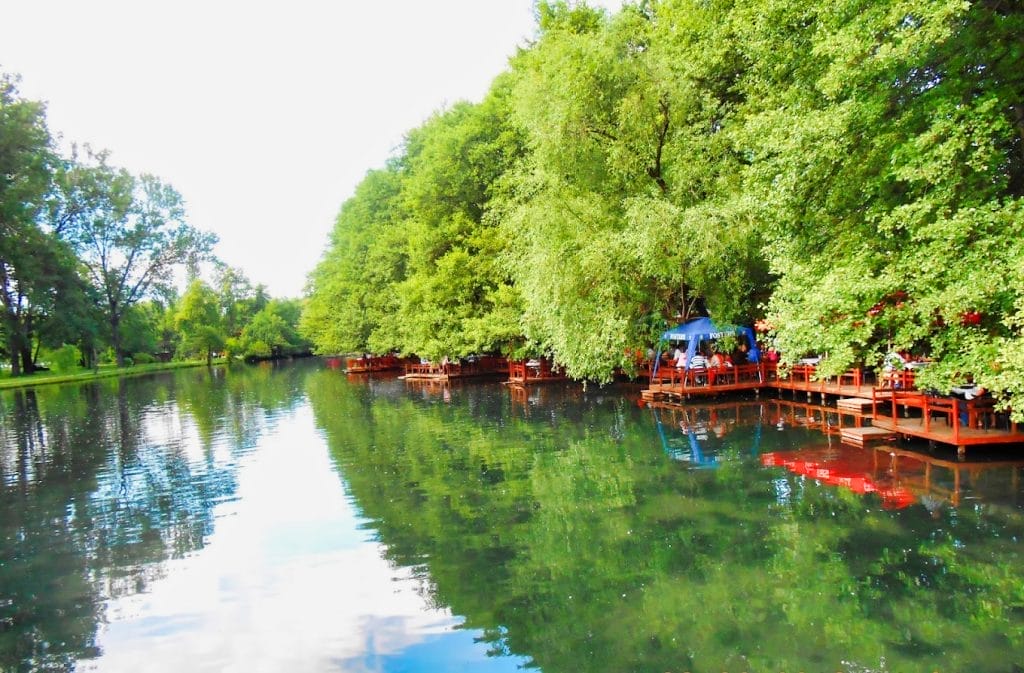
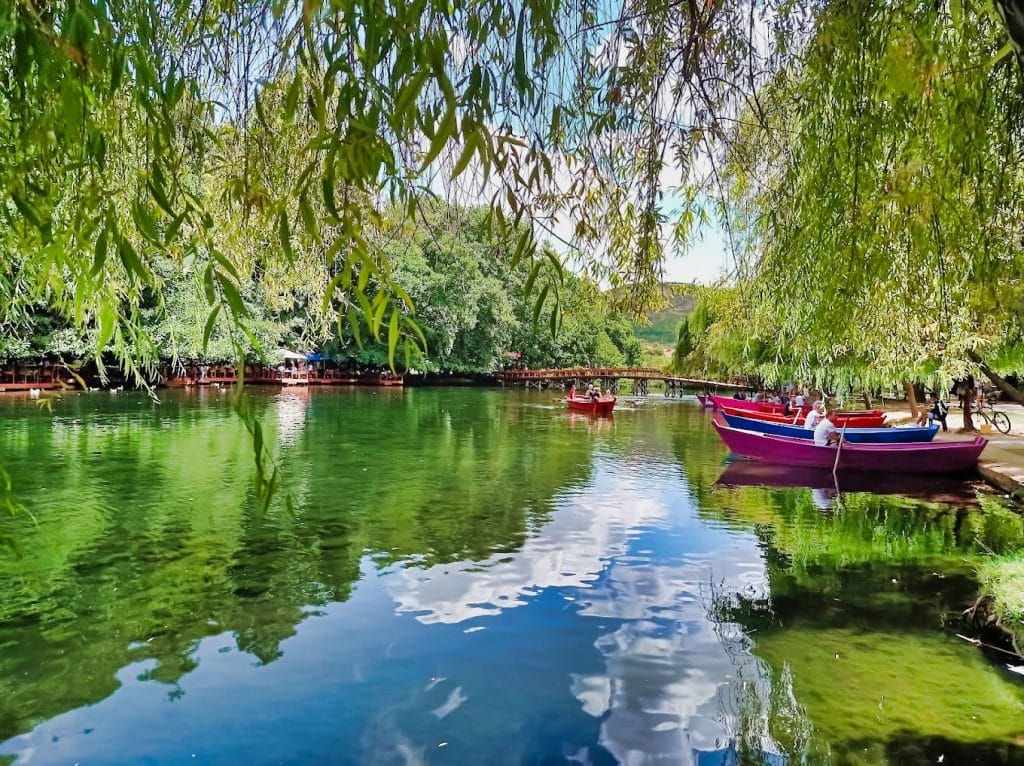
Guri i Kamjes (Stone Bridge)
The Guri i Kamjes, known as the Stone Bridge, is a charming historical landmark in Pogradec’s heart.
It was built during the Ottoman era and is a popular spot for tourists to take photos and admire the stunning views of the lake.
The bridge is made of stone and has a unique design that reflects the architectural style of the Ottoman period.
Visitors can walk across the bridge and enjoy the beautiful views of the lake and surrounding mountains.
Cultural Attractions
Pogradec is rich in cultural heritage, with many landmarks that reflect its history and traditions.
Visitors can explore the town’s castles, bazaars, and museums to immerse themselves in the local culture and traditions.
Here are some additional cultural attractions that you won’t want to miss:
The Pogradec Castle
The Pogradec Castle is a historic landmark dating back to the 13th century.
Although it is mostly in ruins now, it is still a popular spot for tourists to explore and enjoy the beautiful views of the lake and surrounding mountains.
Legend states that the famous Albanian hero Skanderbeg built the castle as a military fortress during the Ottoman Empire.
Visitors can walk through the castle’s ruins and imagine what life was like in ancient times.
The Old Bazaar
The Old Bazaar is another cultural landmark in Pogradec, where visitors can see the traditional Ottoman-style architecture and browse through the local handicrafts, textiles, and souvenirs sold in the shops.
The bazaar is a bustling hub of activity, with vendors selling everything from handmade pottery to intricate jewelry.
Visitors can also sample local cuisine at the bazaar’s many food stalls, which offer traditional Albanian dishes like byrek and flija.
The House of Culture
The House of Culture is a cultural center in Pogradec that hosts various exhibitions, concerts, and performances showcasing local music, dance, and arts.
Visitors can attend these events to experience the richness of the local culture.
The center also offers workshops and classes for those who want to learn more about traditional Albanian art forms, such as embroidery and woodcarving.
The House of Culture is a great place to connect with the local community and better understand Pogradec’s cultural heritage.
Local Cuisine and Dining
No visit to Pogradec would be complete without exploring the local cuisine and dining options.
The town is famous for its delicious traditional Albanian dishes, which are hearty, flavorful, and often made with locally sourced ingredients.
One of the most popular dishes is Tave Kosi, a baked lamb and yogurt staple in Albanian cuisine.
The lamb is marinated in garlic, lemon, and olive oil and then baked in a creamy yogurt sauce until tender and juicy. It is usually served with rice or potatoes and a fresh salad.
Another must-try dish is Fërgesë, a spicy pepper and cheese casserole and one of my favorite Albanian dishes.
It is made with green and red peppers, tomatoes, onions, and a blend of cheeses, then baked until bubbly and golden brown.
It is often served with crusty bread or as a side dish to grilled meats.
Baklava is a popular dessert in Albania for those with a sweet tooth.
It is a rich, sweet pastry with layers of phyllo dough, chopped nuts, and honey syrup.
It is a delicious way to end a meal or to enjoy a cup of coffee.
Lakeside Restaurants
Many restaurants are along Lake Ohrid’s shores, which offer stunning views of the lake and mountains while enjoying a meal.
Visitors can enjoy local seafood, freshly grilled meats, and other traditional Albanian delicacies while taking in the beauty of the surroundings.
It offers many seafood dishes, including grilled fish, calamari, prawns, and traditional Albanian dishes such as Tave Kosi and Fërgesë Tirane.
The restaurant also has a beautiful terrace overlooking the lake, perfect for a romantic dinner or a relaxing lunch.
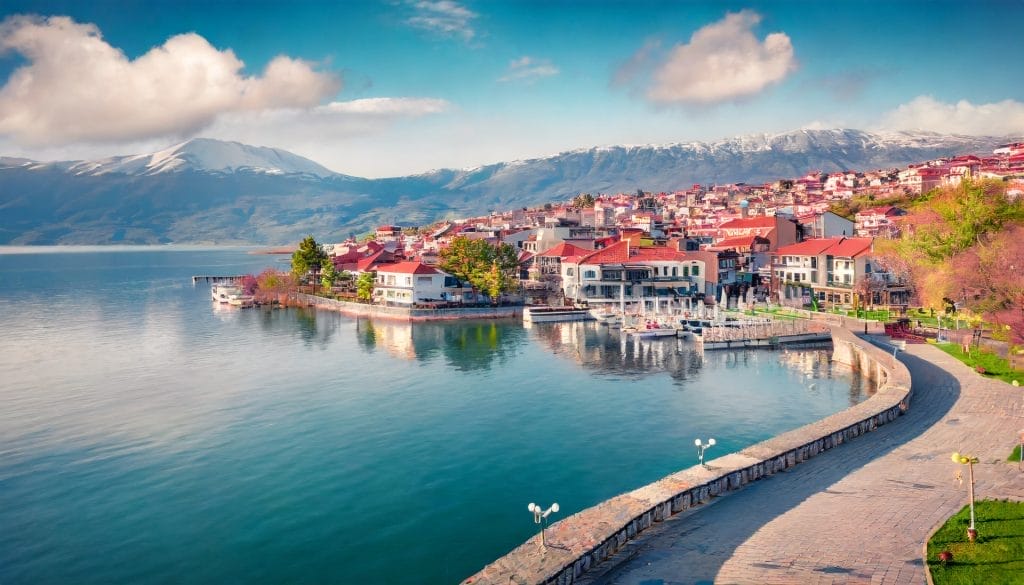
Cafes and Bars in Pogradec
Pogradec also has a lively cafe and bar scene, with many cozy and welcoming spots to enjoy a coffee or drink.
Visitors can mingle with the locals and get a taste of the local hospitality while enjoying the laid-back atmosphere of this charming town.
For those looking for a lively atmosphere, the Bar Pelikani is a popular spot for coffee and cocktails.
The bar has a large outdoor terrace near the lake and is the perfect place to watch the sunset over the mountains.

